Working from Mexico
Dodging the smoke by heading south of the border
September 6 - 22, 2020 -- compiled by Jeff DePree
}
Dodging the smoke by heading south of the border
September 6 - 22, 2020 -- compiled by Jeff DePree
When smoke blanketed the west, and all outdoor activity was suddenly out of the question, I looked for ways I could work remotely while leaving my house from time to time. I first tried to find towns within driving distance, but AirBnbs and hotels across the country were prohibitively expensive, and my laptop’s 1-hour battery life made living and working from my car impossible. So I began to look at the Mexico option, which brought with it considerable moral hazard, but offered a number of advantages. While I won’t recommend that people flock south of the border right now, I’ll offer my observations here:
Flying in: There are currently lots of cheap, last-minute direct flights to towns across Mexico. I took a red-eye from SF to Guadalajara that I bought a few hours before for $170. SFO was completely empty and my flight had 20 people spread across 40 rows. Immigration and customs took all of 90 seconds. The flight back had significantly more people, though I still had a row to myself. SF customs took about 10 minutes.
Domestic travel is a different story. Mexican airports and planes are packed. Local buses and combis typically open all their windows, but still carry quite a few people. Intercity buses do not open their windows. Blablacar is potentially a better option because it’s limited to two passengers. Mexican roadtrips are pretty much the most fun you can have, and rental cars often cost less than $1/day - this is made possible by an insurance scam, so you should only rent a car in Mexico if you have a credit card that provides free insurance.
Lodging: It is very easy to find a 4-star hotel for $15 or your own apartment for $20. For much of the trip, I chose fancy, highly reviewed hotels off Booking, but these were a mixed bag with sometimes spotty wifi, limited furniture, and other frustrations. I had a great experience with an apartment I found on AirBnb that had 6 rooms and was situated in an old mansion on the main plaza in Puebla.
Eating: Guadalajara has hundreds of open-air restaurants, bars, and cafes, and it’s very easy to find a seat a hundred feet away from any other human. If you didn’t want to work in your hotel, it would be straight-forward to find a shady spot with an outlet and wifi. Restaurant workers usually wear a mask and face shield while serving you. Mexico City is cold, grey, and crowded, and it’s much harder to find a safe dining or “coworking” option. But street vendors abound and every restaurant offers food “para llevar”. Hot food like tamales would seem to be a safer option than juices, ice cream, and baked goods, but it’s hard to imagine that you could go to Mexico and not eat all of these things all the time.
Exercise: Running isn’t that fun in Guadalajara or Puebla without a car, but there are more options in CDMX. The bikeshare system is rather difficult to use and bike rentals are hard to find. I went to two climbing gyms where I was the only one climbing.
Almost everyone wears a mask while walking down the streets. Regulations tend to be somewhat arbitrary and weird. Whenever you go indoors, you step on a disinfectant pad, get your temperature checked, receive a squirt of hand sanitizer, and sometimes get sprayed in the face with mysterious chemicals. But as in the States, behaviors are mixed - many people eat at indoor buffets and crowd into bars.
While I doubt that I’ve done much that’s high-risk (aside from intercity travel), the much elevated frequency of medium-risk activities, such as interacting with food vendors, makes it more likely that I’ll catch or spread the virus. But I would posit that working from Mexico, with the right precautions, is probably still more conservative than going to crowded restaurants or working out at gyms back in the States.
Flying in: There are currently lots of cheap, last-minute direct flights to towns across Mexico. I took a red-eye from SF to Guadalajara that I bought a few hours before for $170. SFO was completely empty and my flight had 20 people spread across 40 rows. Immigration and customs took all of 90 seconds. The flight back had significantly more people, though I still had a row to myself. SF customs took about 10 minutes.
Domestic travel is a different story. Mexican airports and planes are packed. Local buses and combis typically open all their windows, but still carry quite a few people. Intercity buses do not open their windows. Blablacar is potentially a better option because it’s limited to two passengers. Mexican roadtrips are pretty much the most fun you can have, and rental cars often cost less than $1/day - this is made possible by an insurance scam, so you should only rent a car in Mexico if you have a credit card that provides free insurance.
Lodging: It is very easy to find a 4-star hotel for $15 or your own apartment for $20. For much of the trip, I chose fancy, highly reviewed hotels off Booking, but these were a mixed bag with sometimes spotty wifi, limited furniture, and other frustrations. I had a great experience with an apartment I found on AirBnb that had 6 rooms and was situated in an old mansion on the main plaza in Puebla.
Eating: Guadalajara has hundreds of open-air restaurants, bars, and cafes, and it’s very easy to find a seat a hundred feet away from any other human. If you didn’t want to work in your hotel, it would be straight-forward to find a shady spot with an outlet and wifi. Restaurant workers usually wear a mask and face shield while serving you. Mexico City is cold, grey, and crowded, and it’s much harder to find a safe dining or “coworking” option. But street vendors abound and every restaurant offers food “para llevar”. Hot food like tamales would seem to be a safer option than juices, ice cream, and baked goods, but it’s hard to imagine that you could go to Mexico and not eat all of these things all the time.
Exercise: Running isn’t that fun in Guadalajara or Puebla without a car, but there are more options in CDMX. The bikeshare system is rather difficult to use and bike rentals are hard to find. I went to two climbing gyms where I was the only one climbing.
Almost everyone wears a mask while walking down the streets. Regulations tend to be somewhat arbitrary and weird. Whenever you go indoors, you step on a disinfectant pad, get your temperature checked, receive a squirt of hand sanitizer, and sometimes get sprayed in the face with mysterious chemicals. But as in the States, behaviors are mixed - many people eat at indoor buffets and crowd into bars.
While I doubt that I’ve done much that’s high-risk (aside from intercity travel), the much elevated frequency of medium-risk activities, such as interacting with food vendors, makes it more likely that I’ll catch or spread the virus. But I would posit that working from Mexico, with the right precautions, is probably still more conservative than going to crowded restaurants or working out at gyms back in the States.

Political commentary
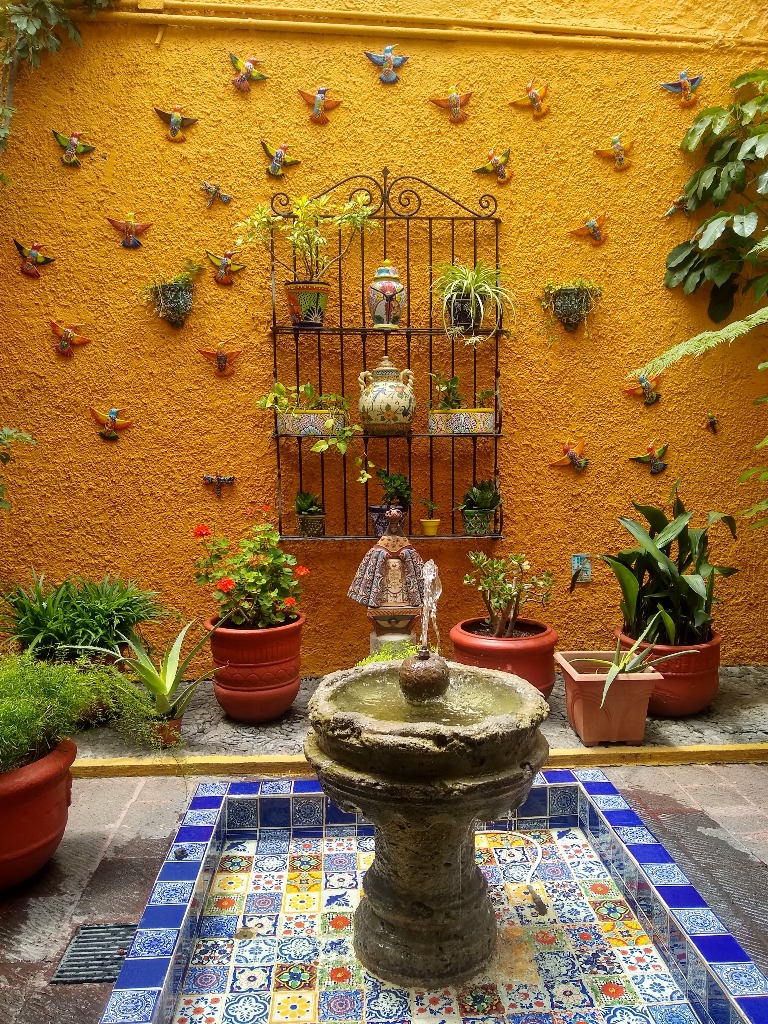
My 4-star hotel had both a swimming pool AND a bird bath!
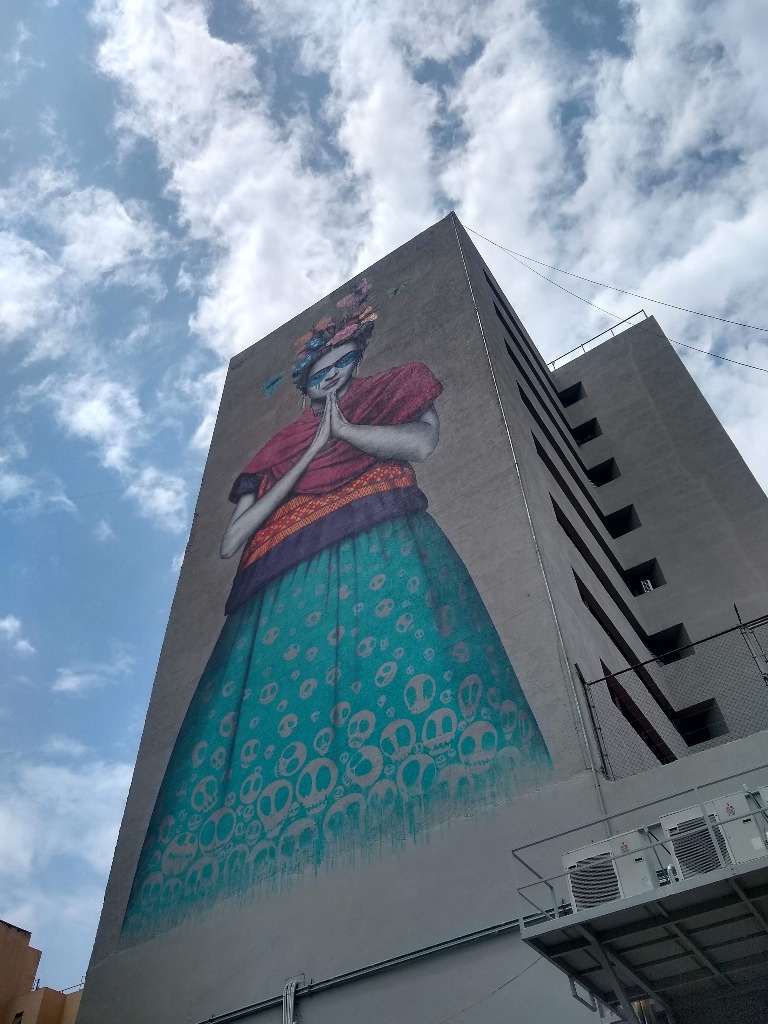
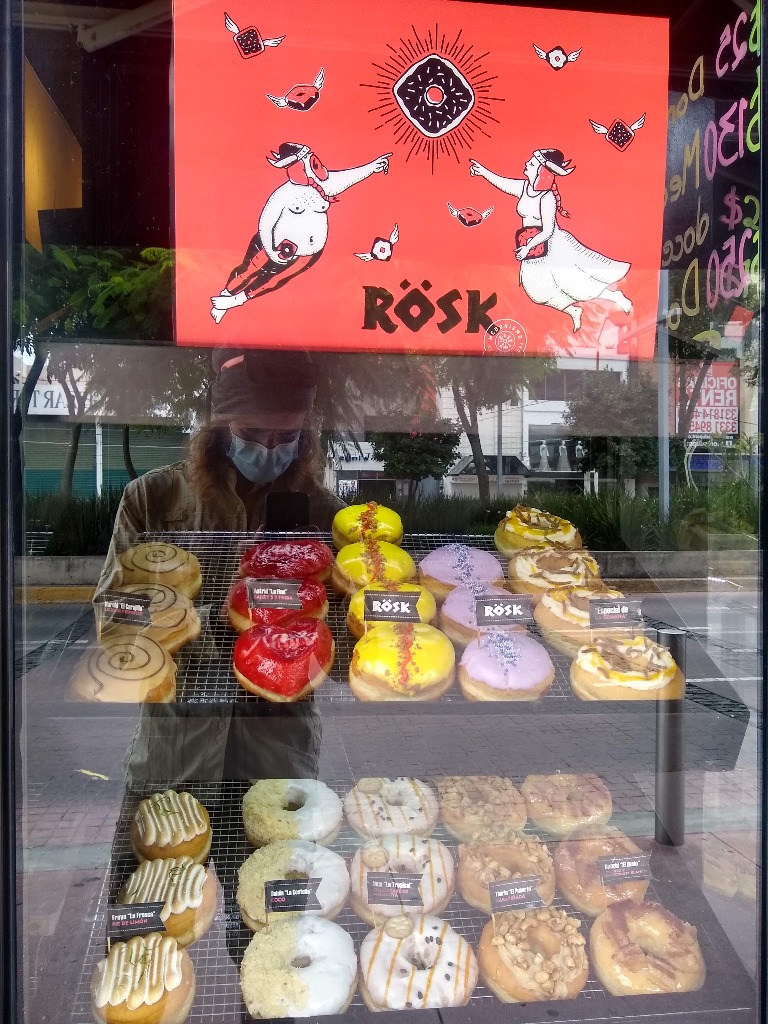
The Voodoo Donuts of Guadalajara
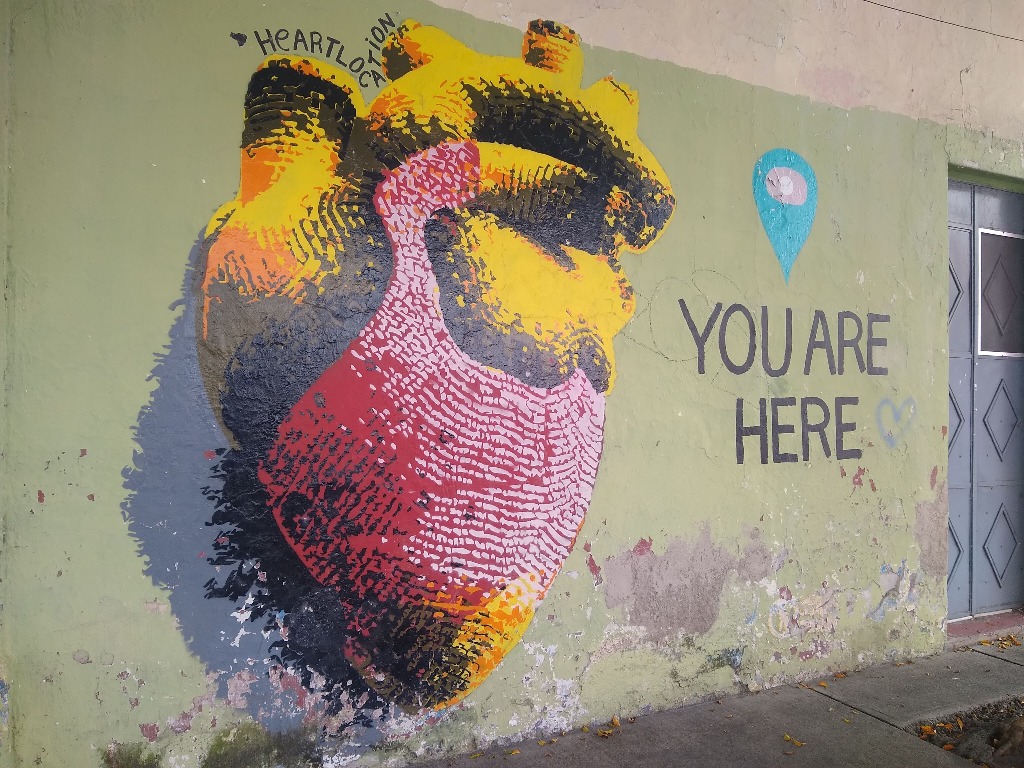
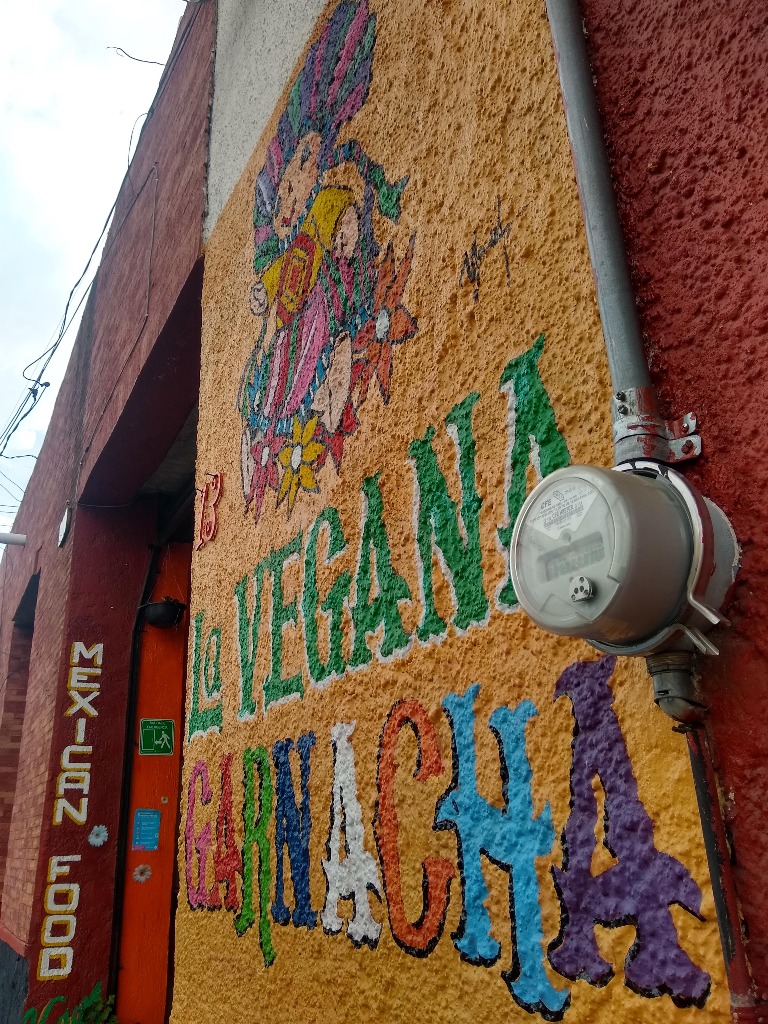
Many vegan and vegetarian restaurants around - sadly, the one closest to my hotel was a packed buffet
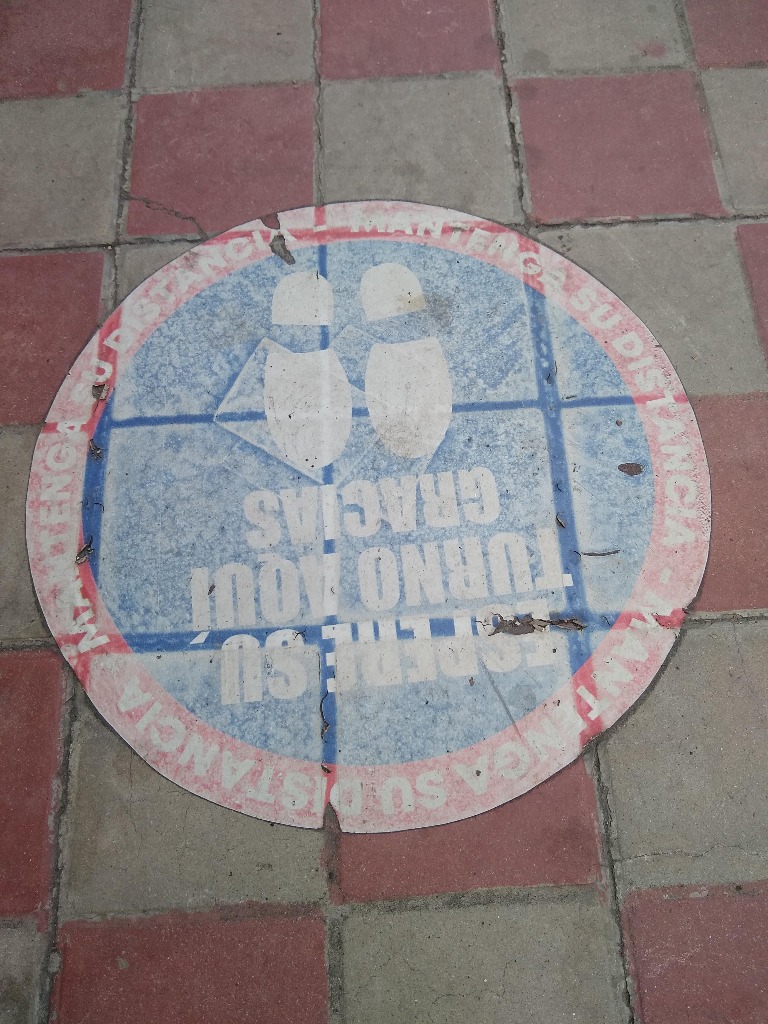
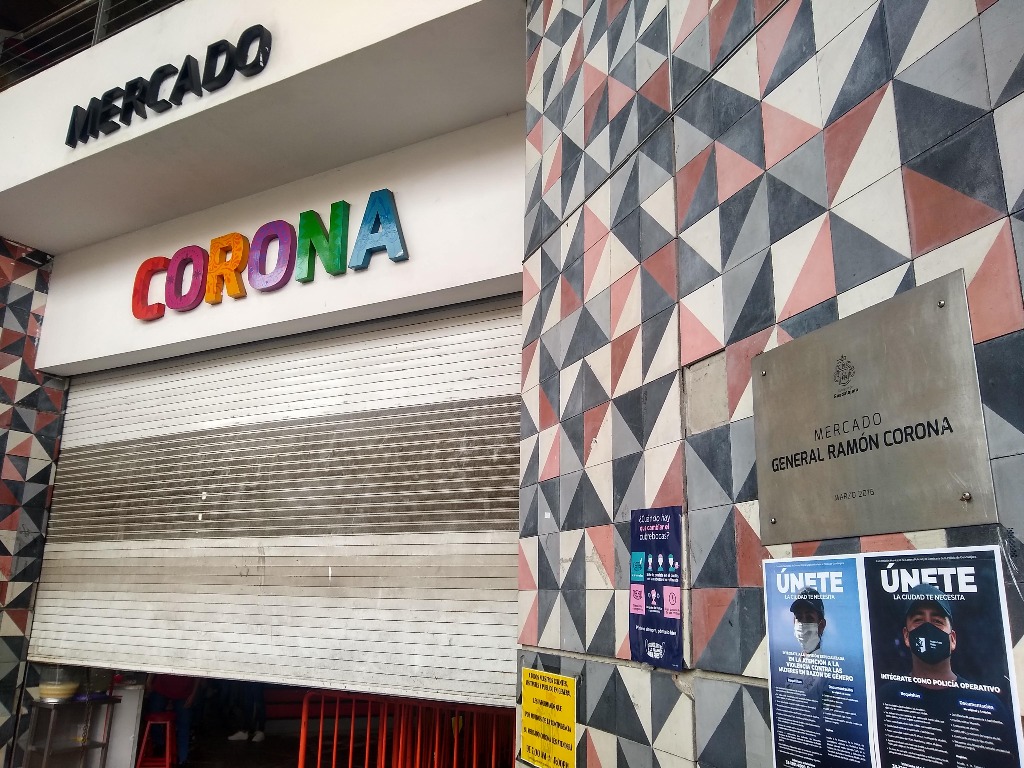
Still popular in spite of the name
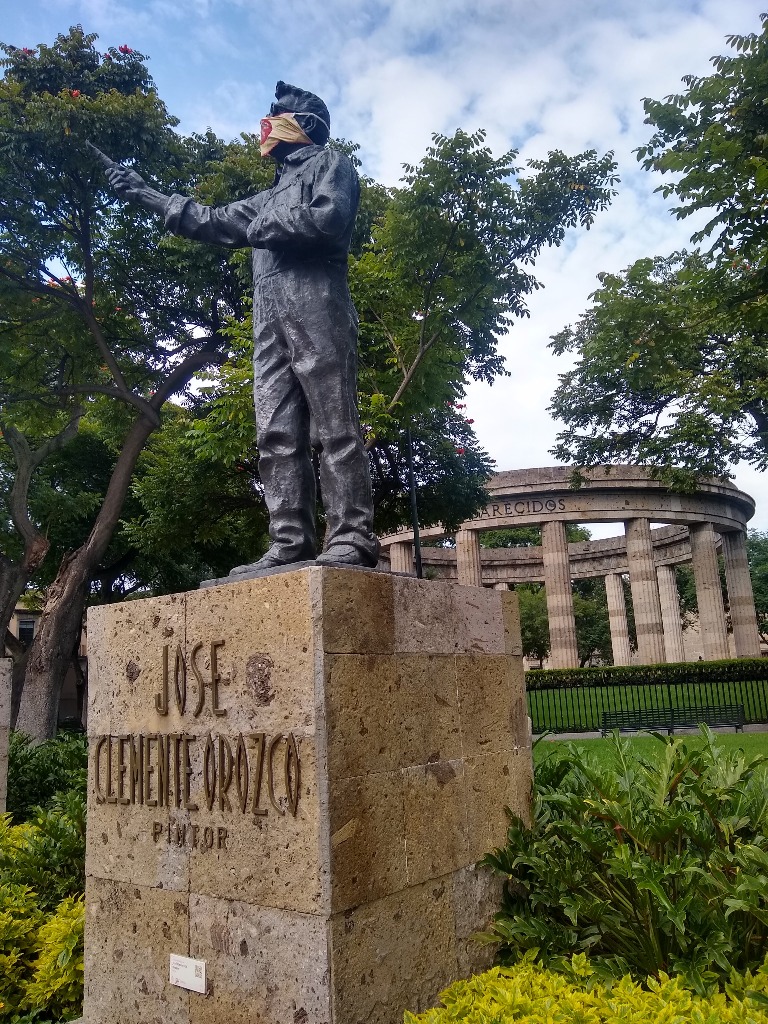
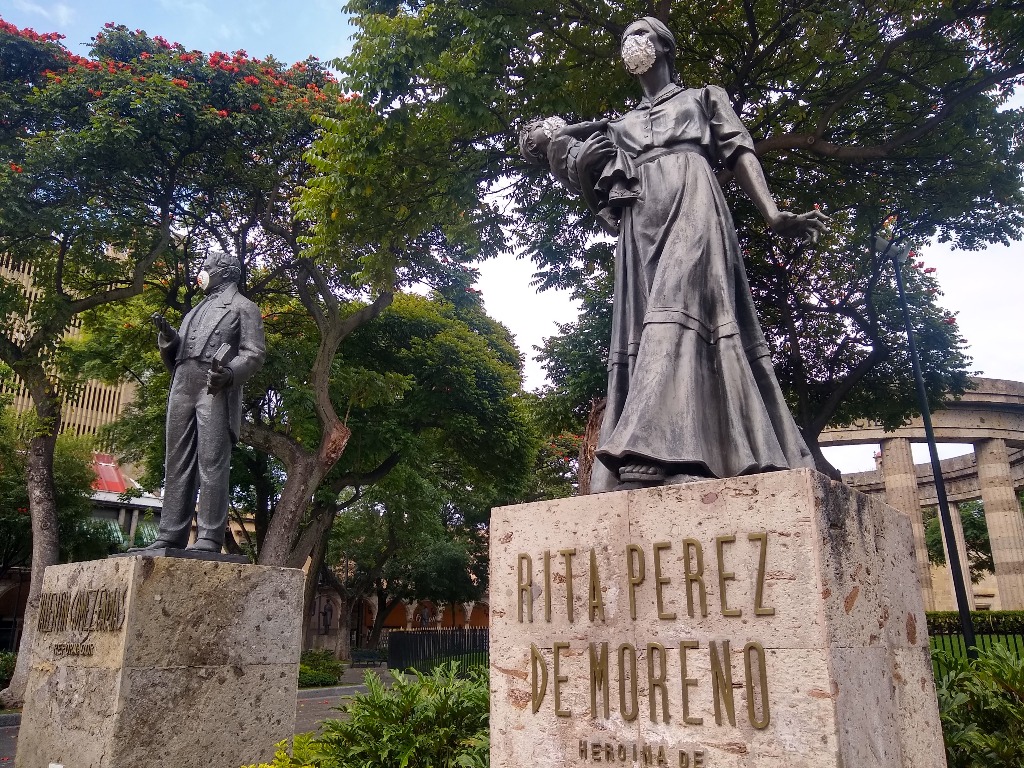
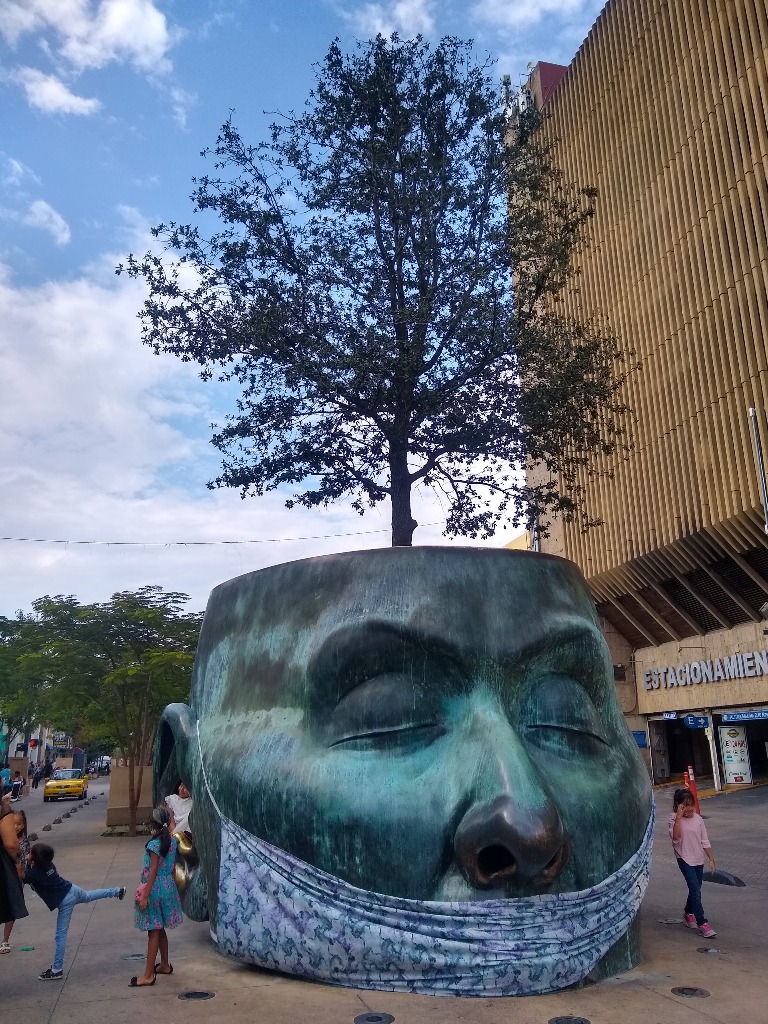
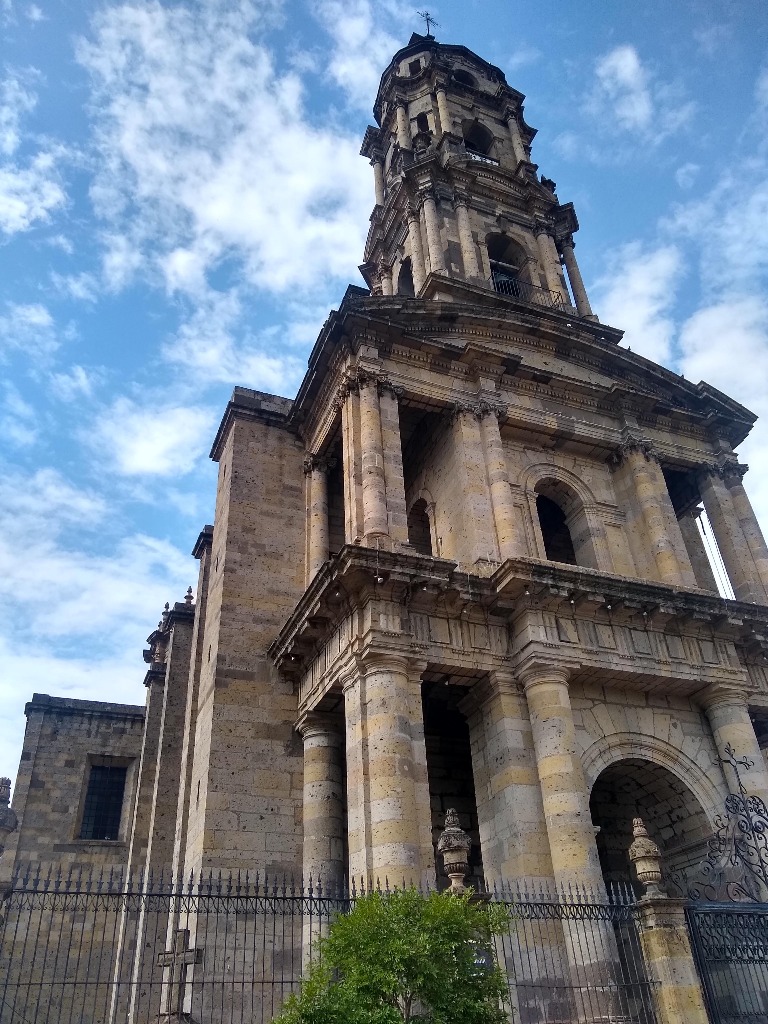
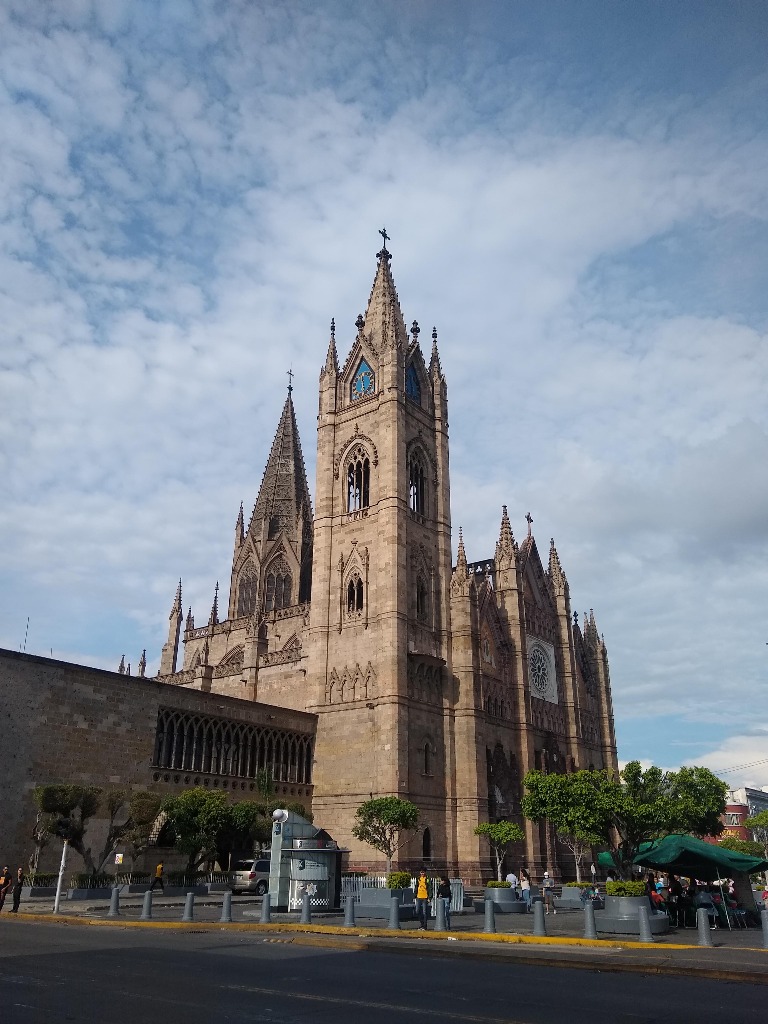
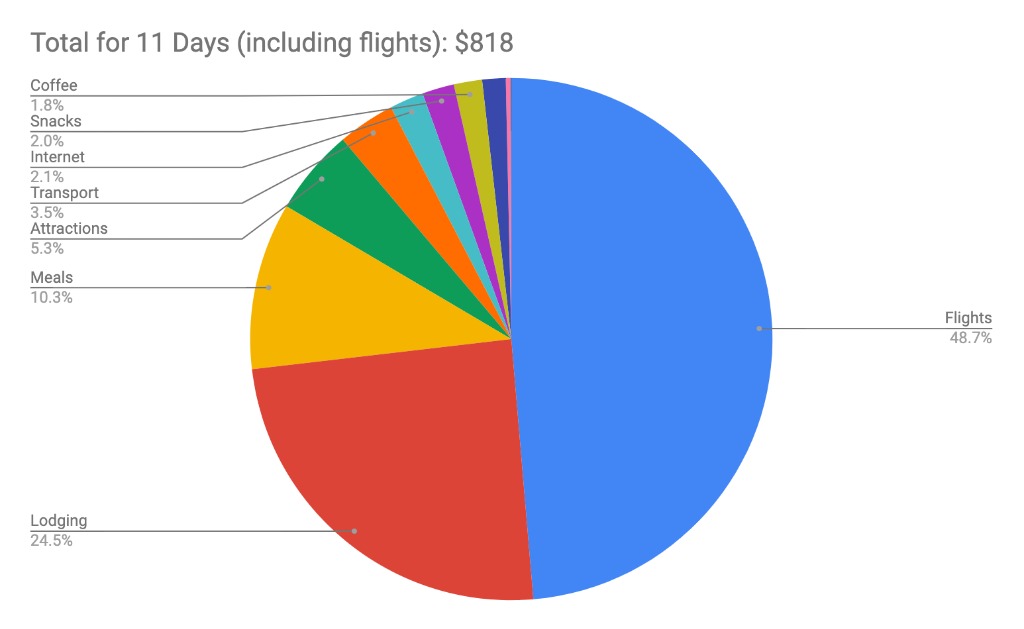
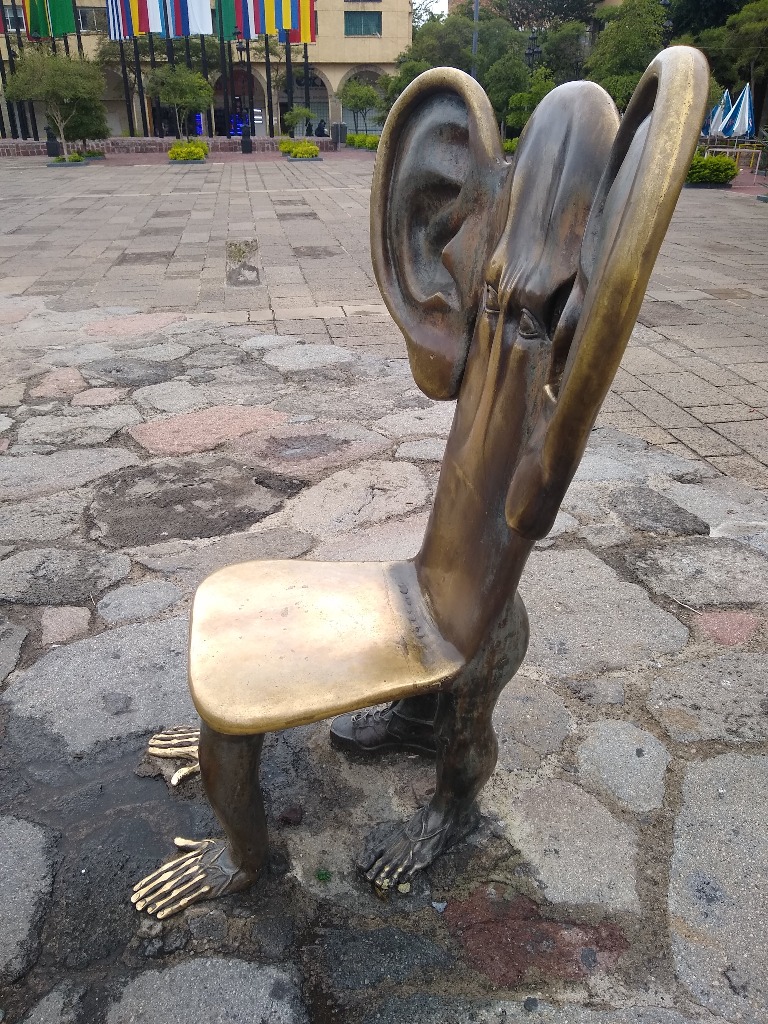
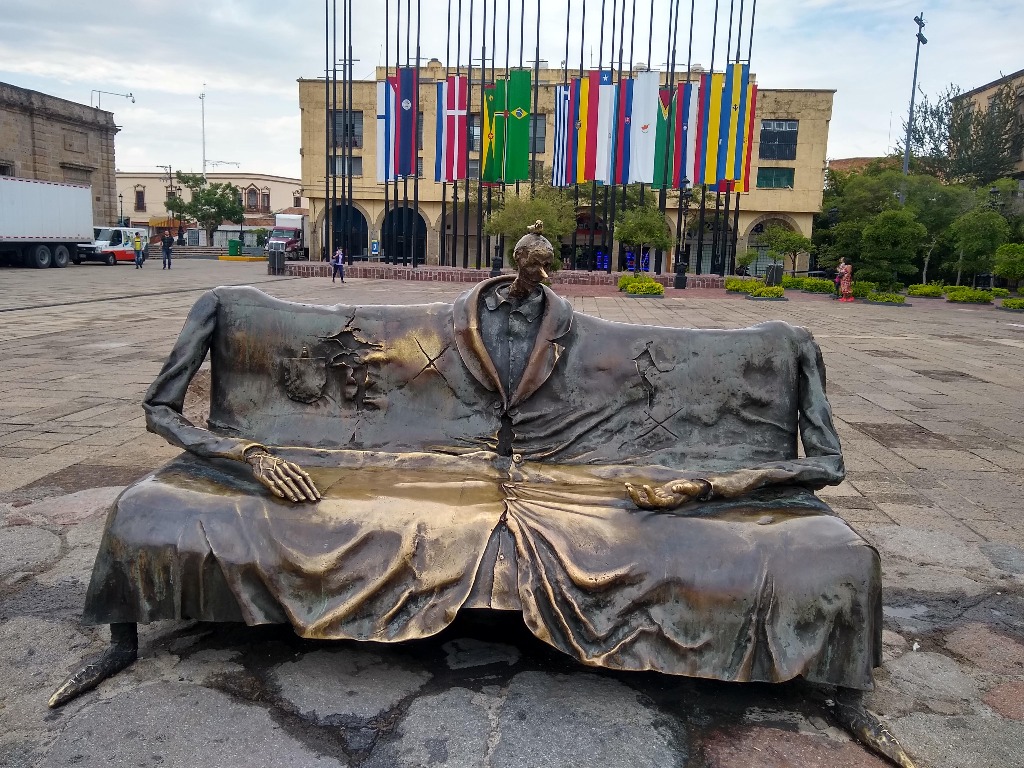
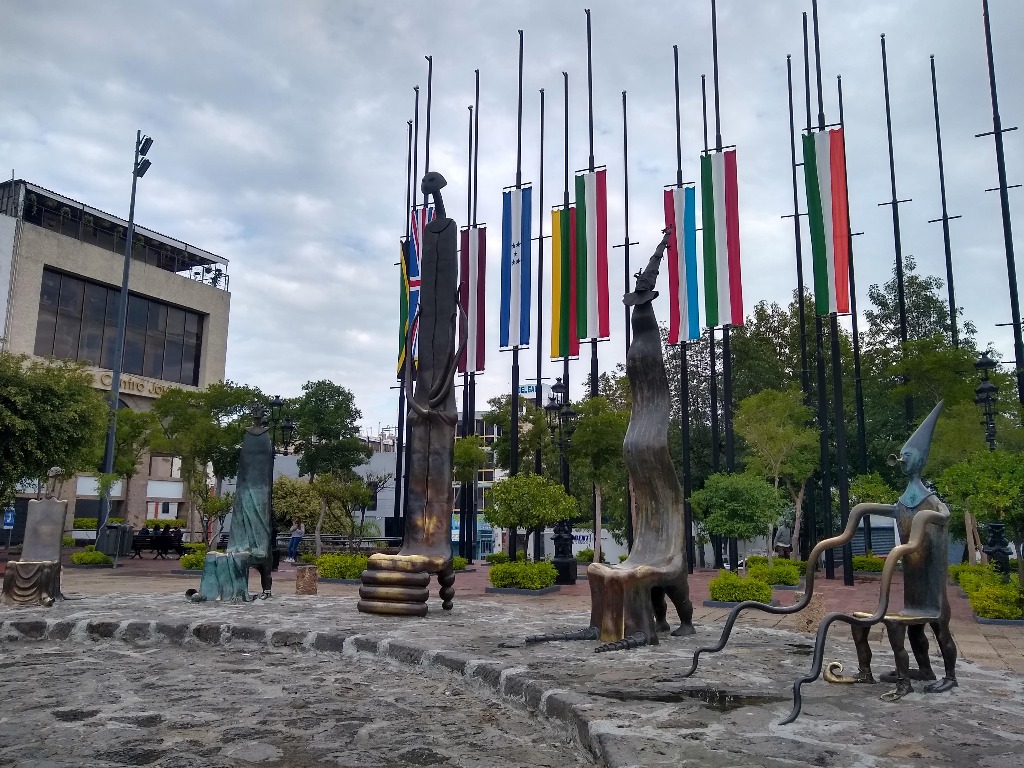
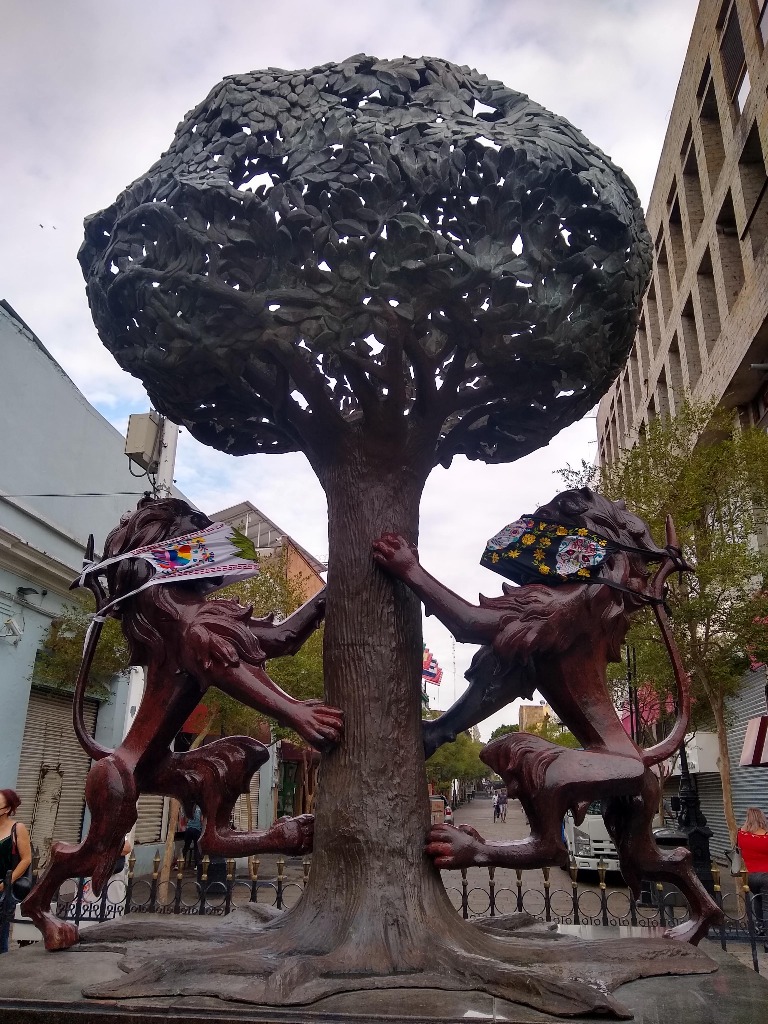
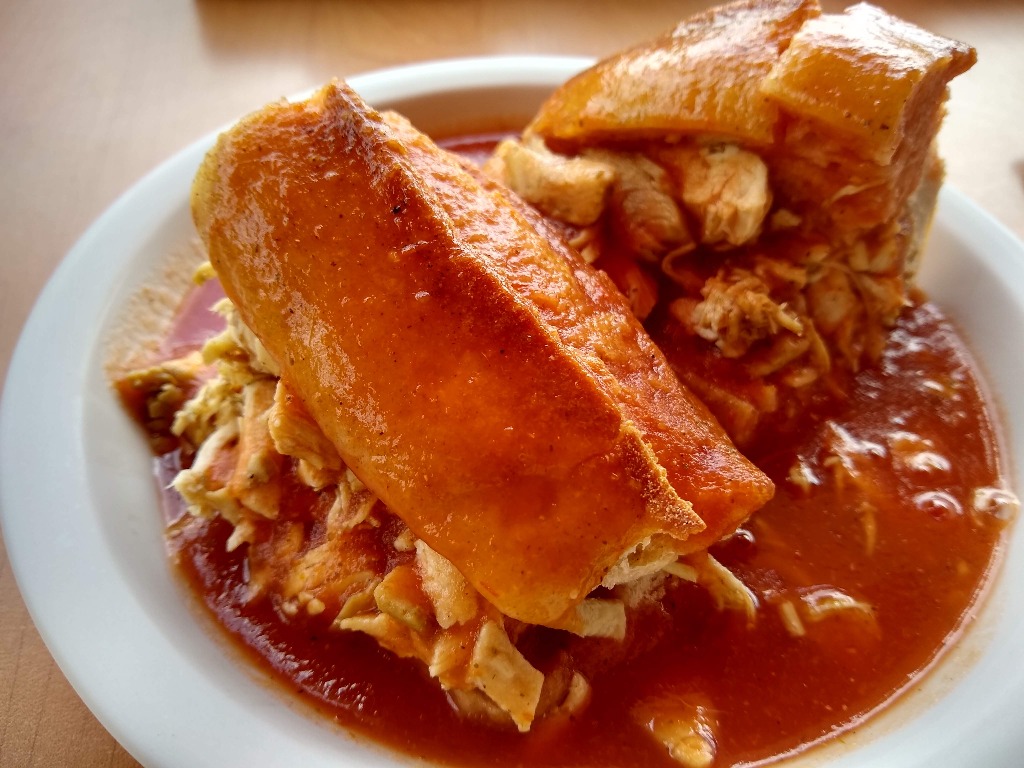
Popular local style of "drowned sandwich"
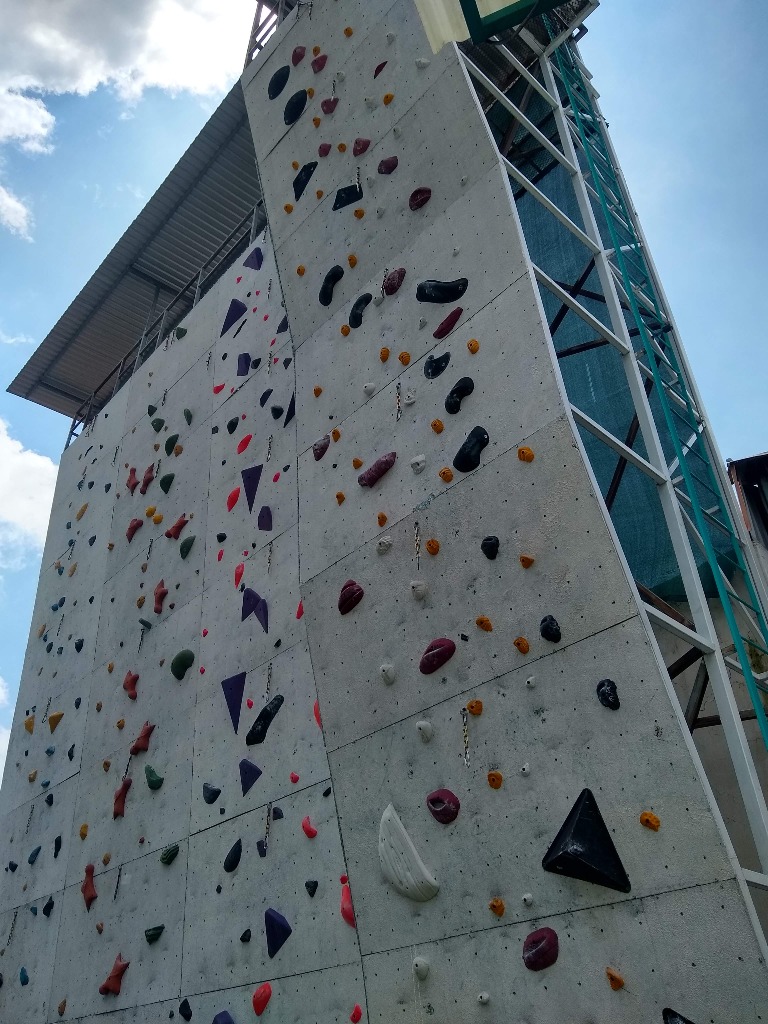
Empty climbing gym
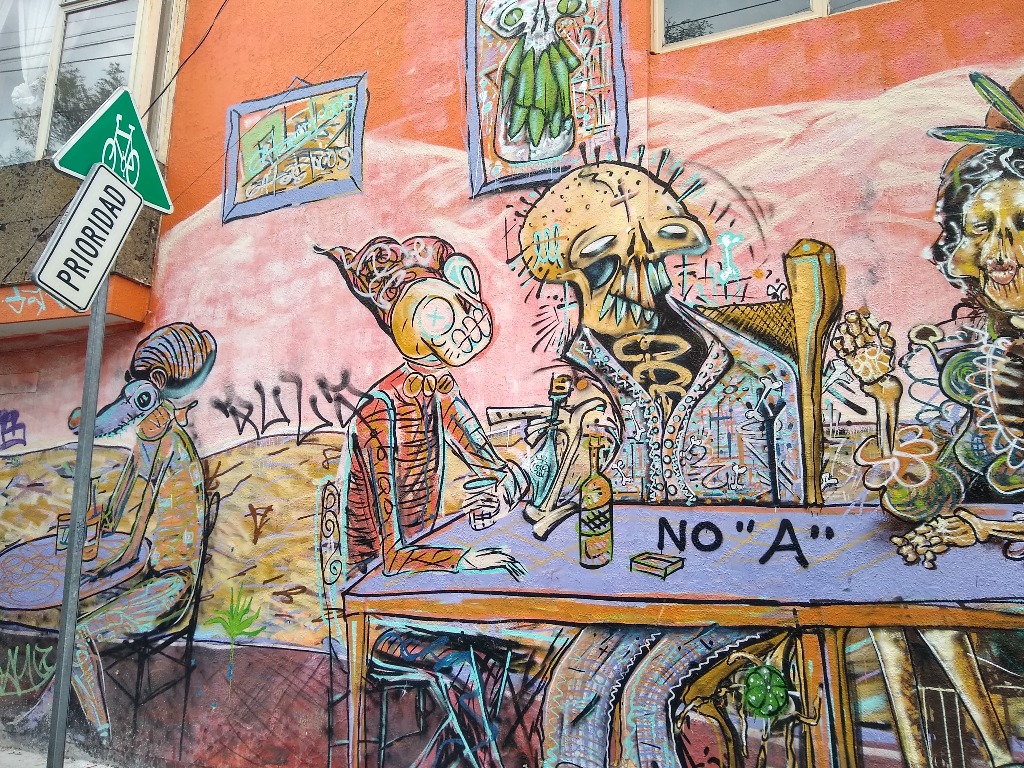
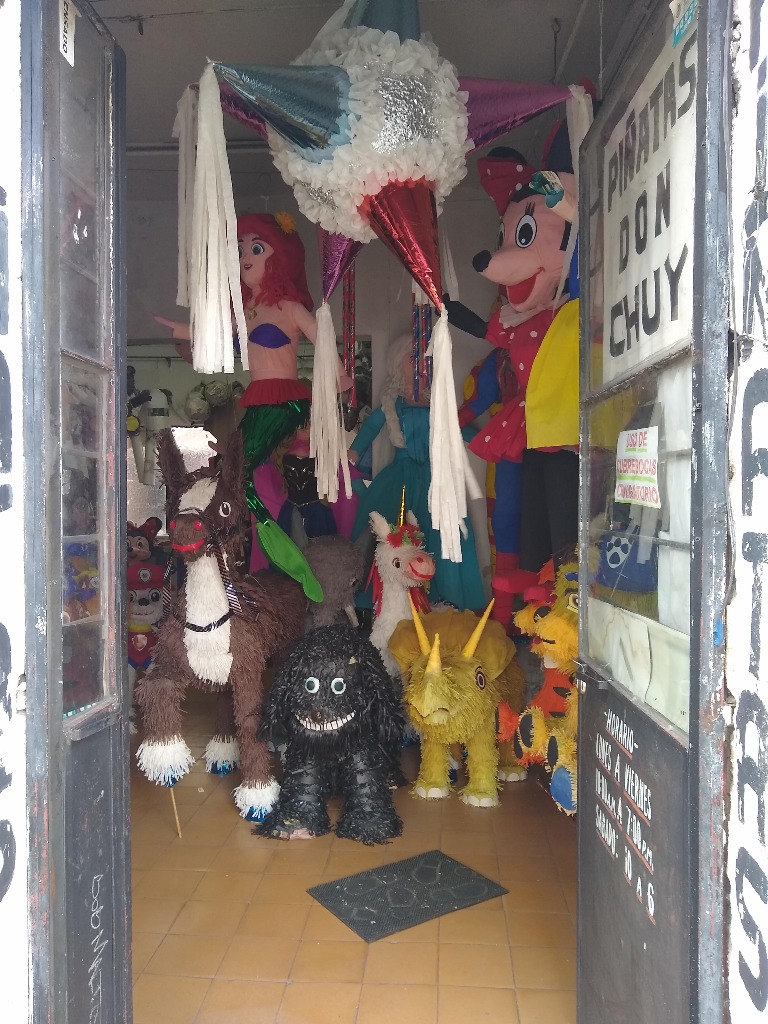
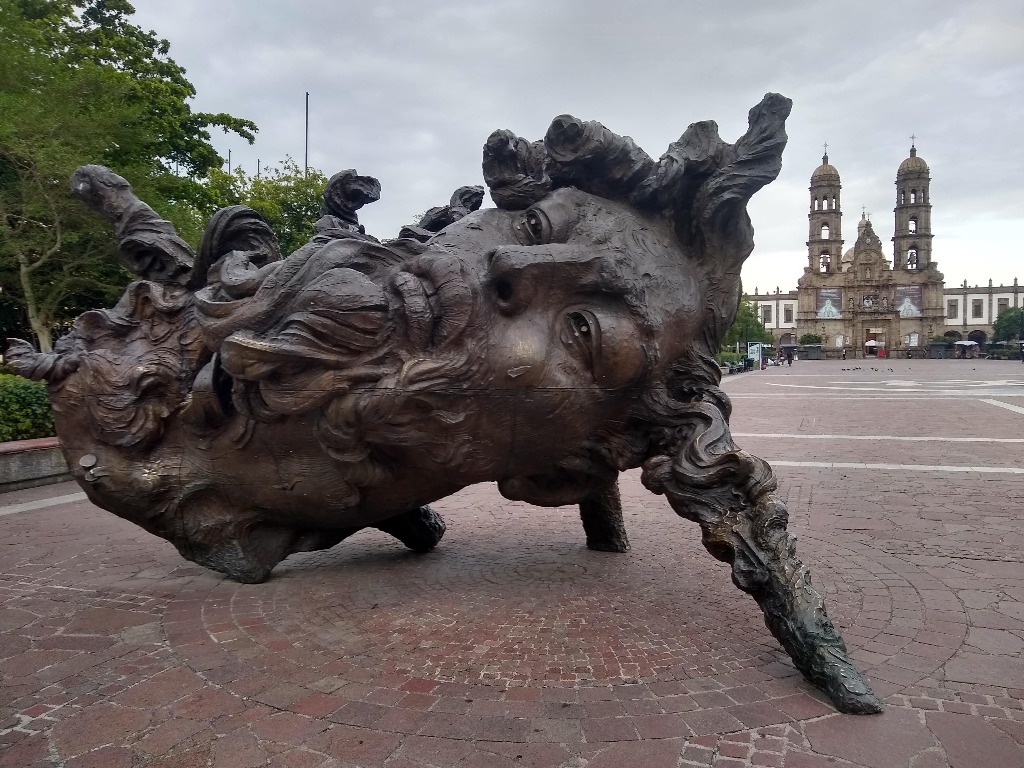
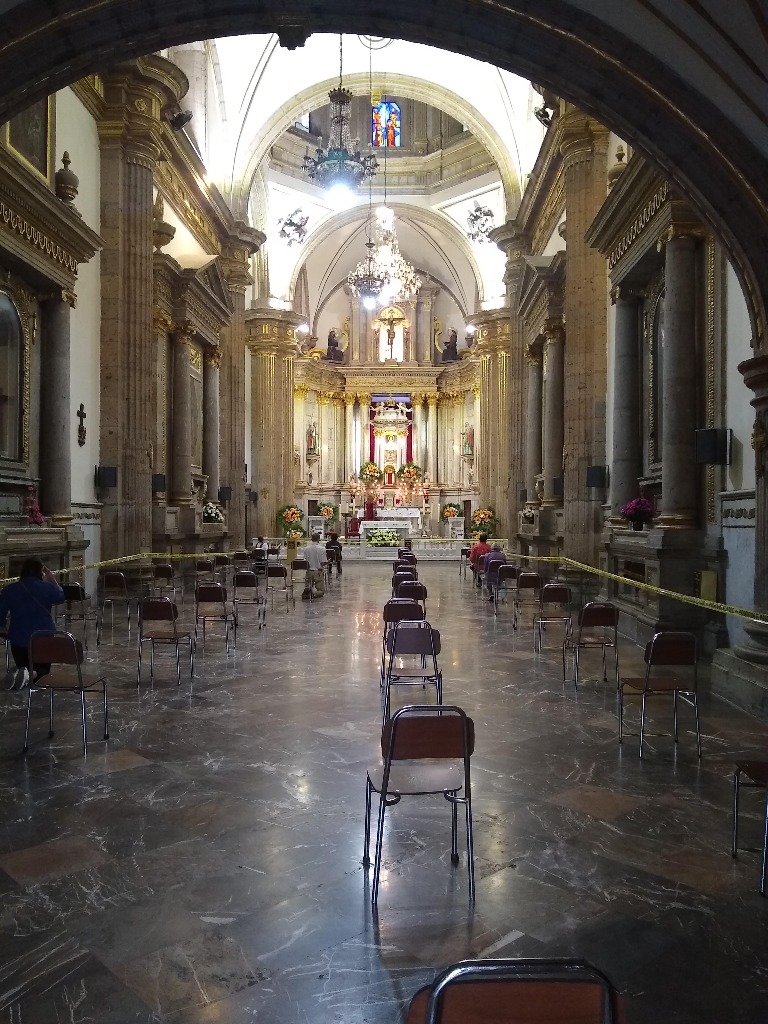
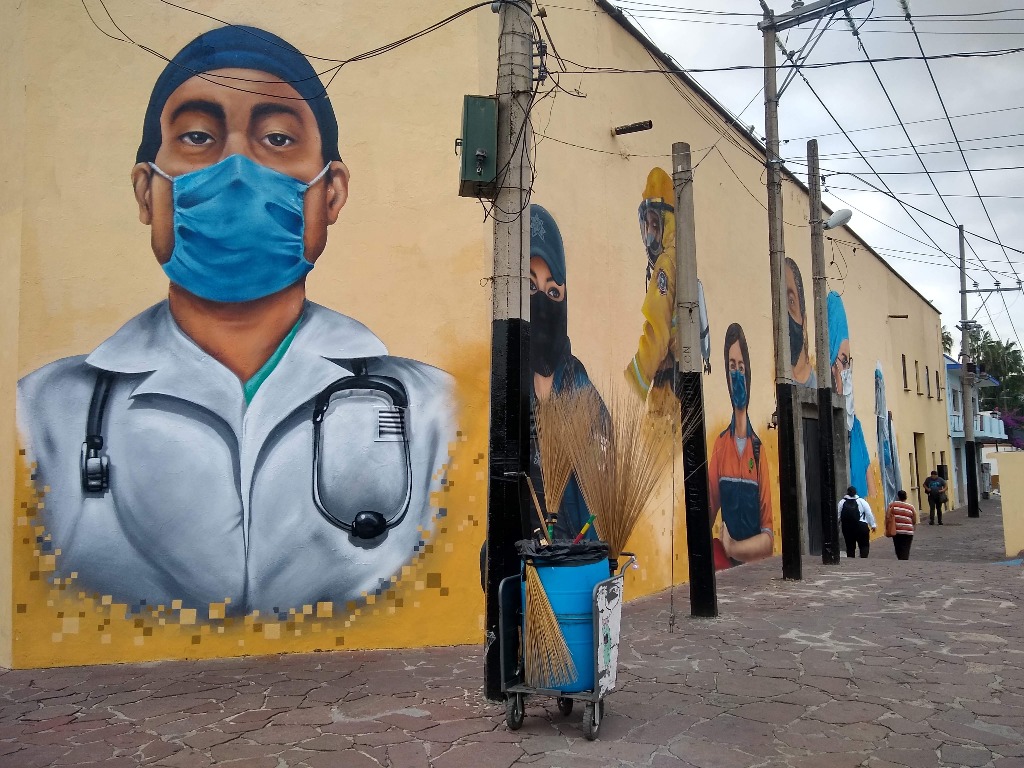
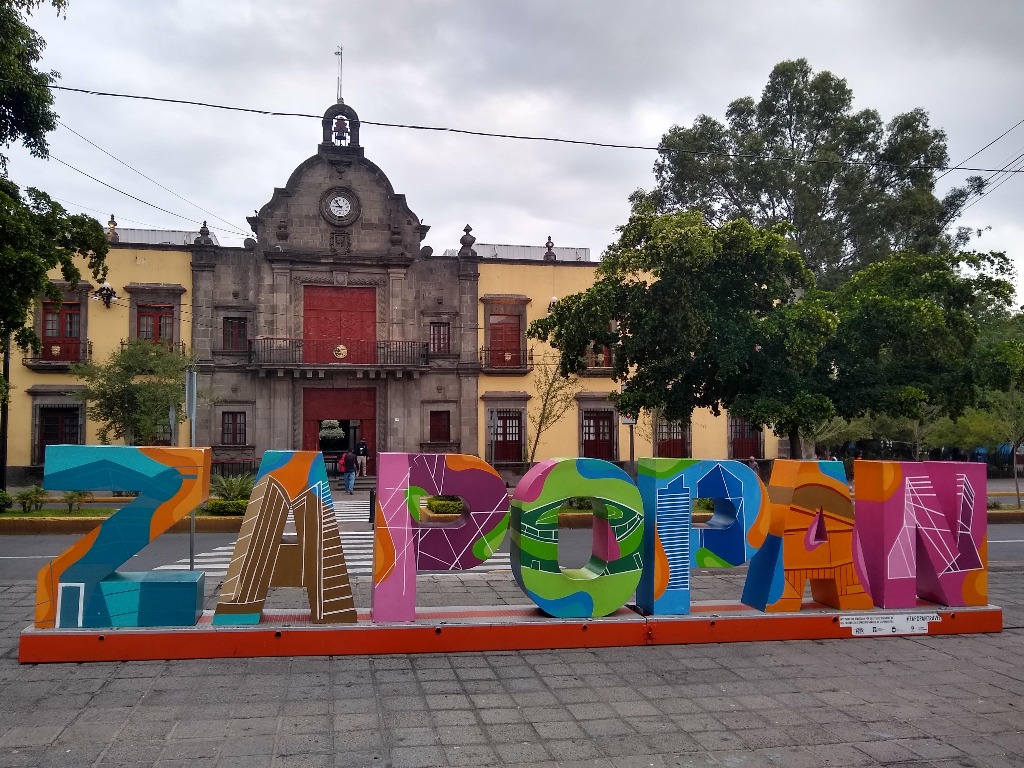
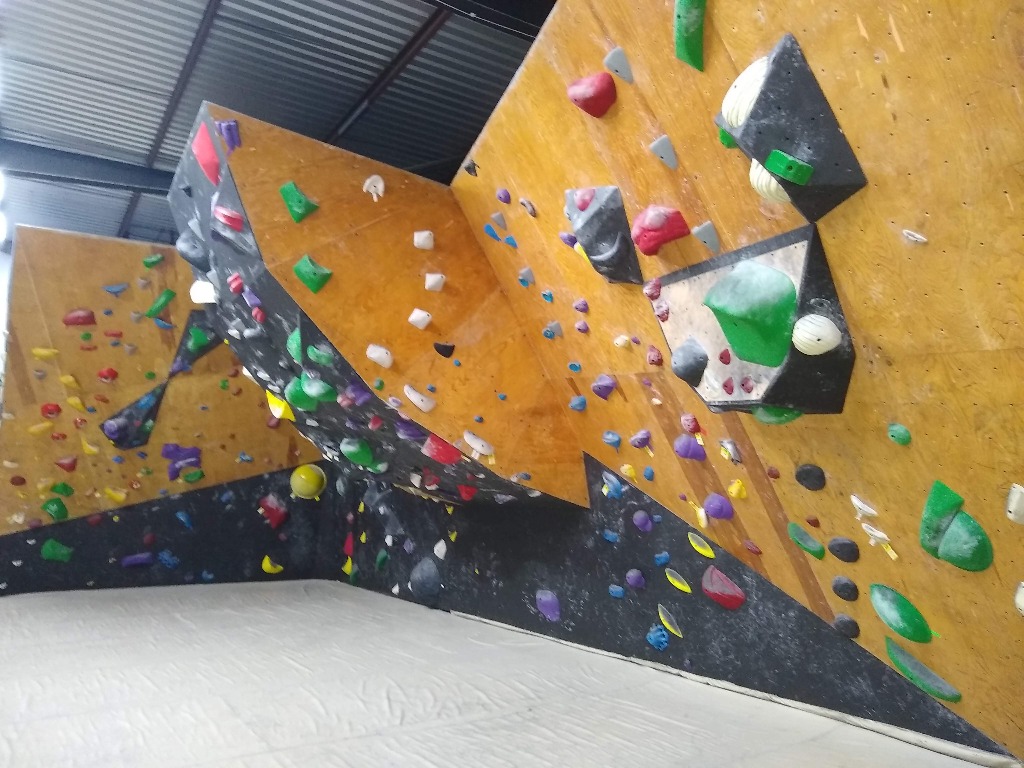
Another gym I had all to myself
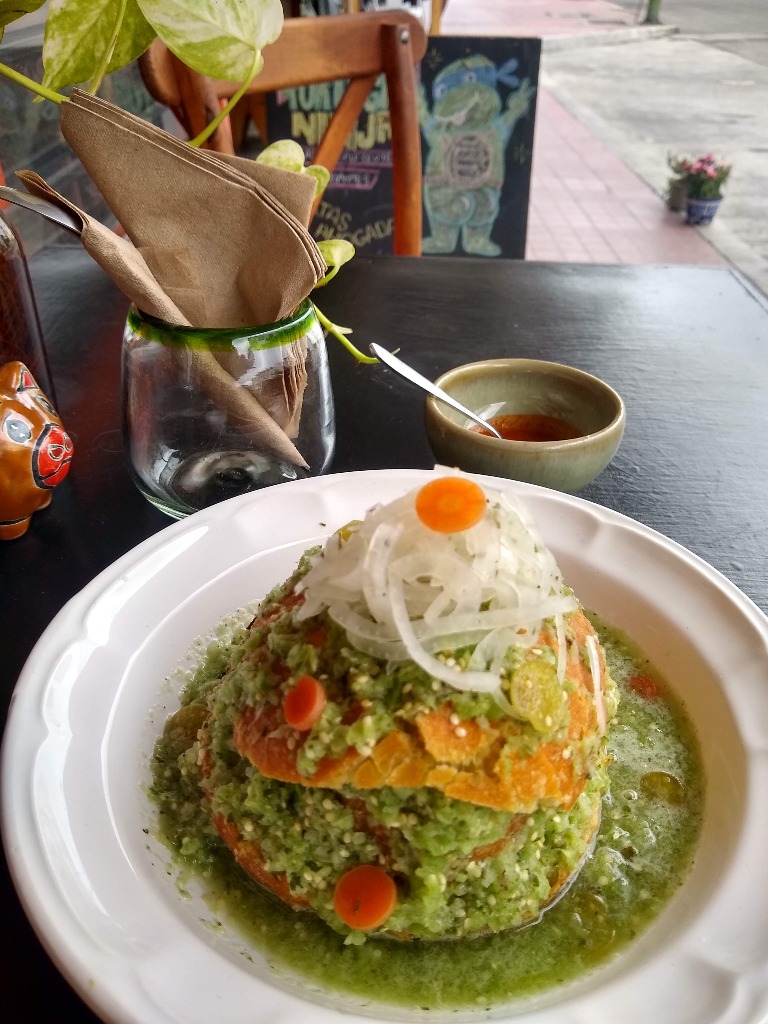
"Ninja Tortas" - definitely on the list of all-time favorite restaurant names
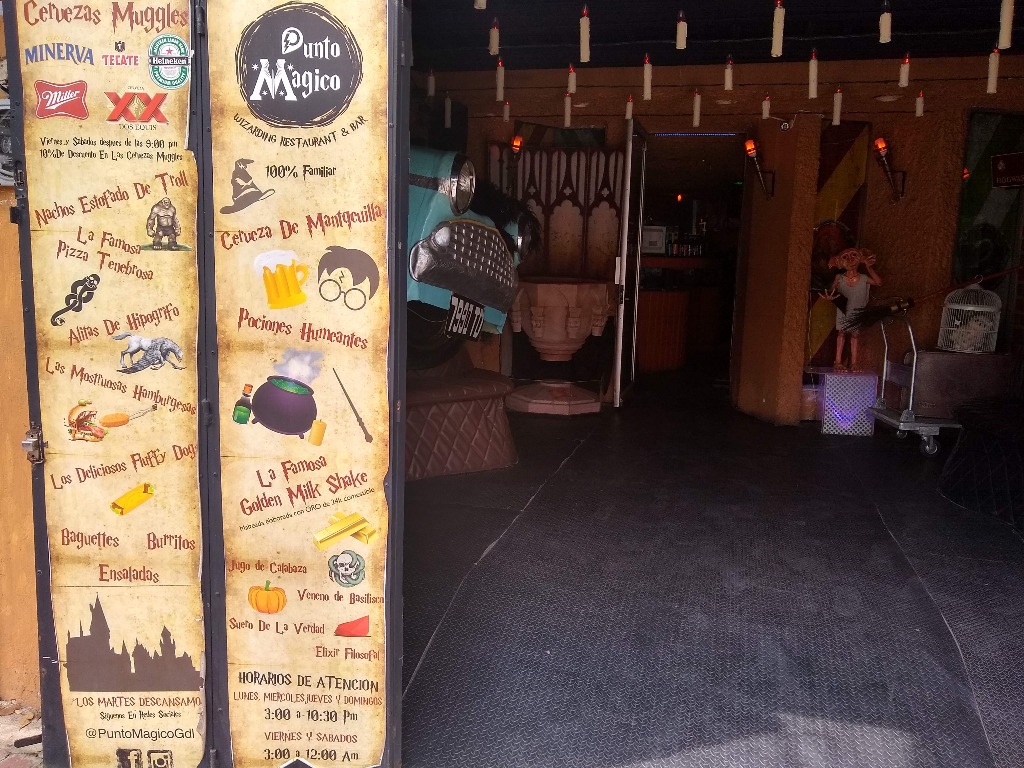
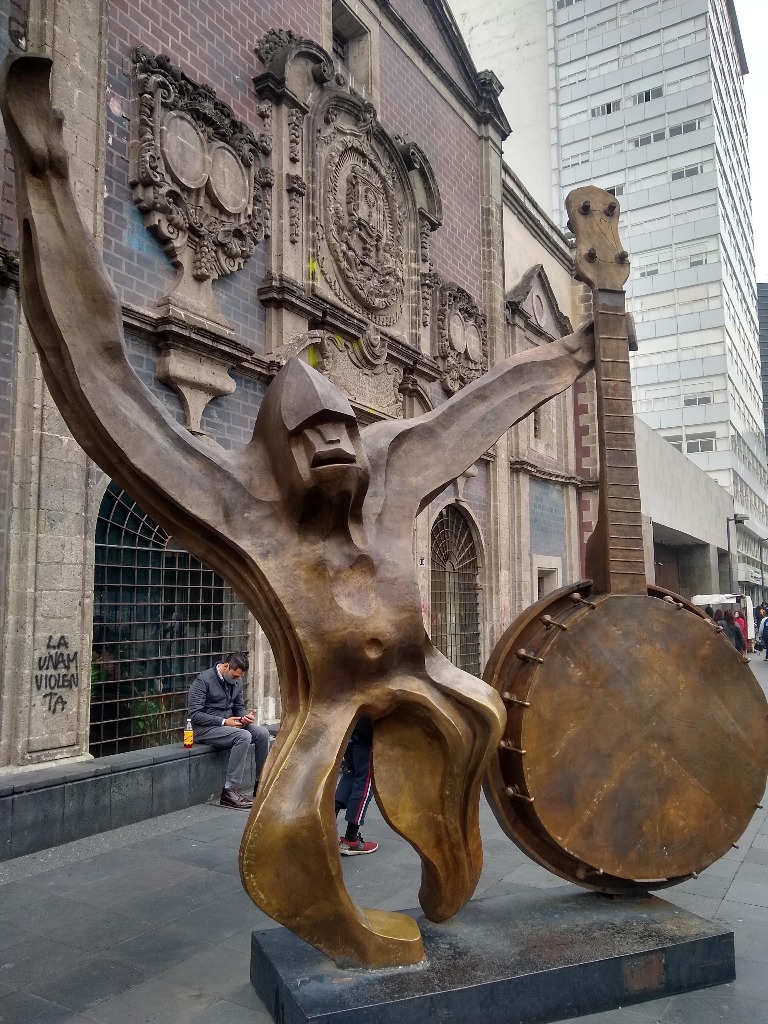
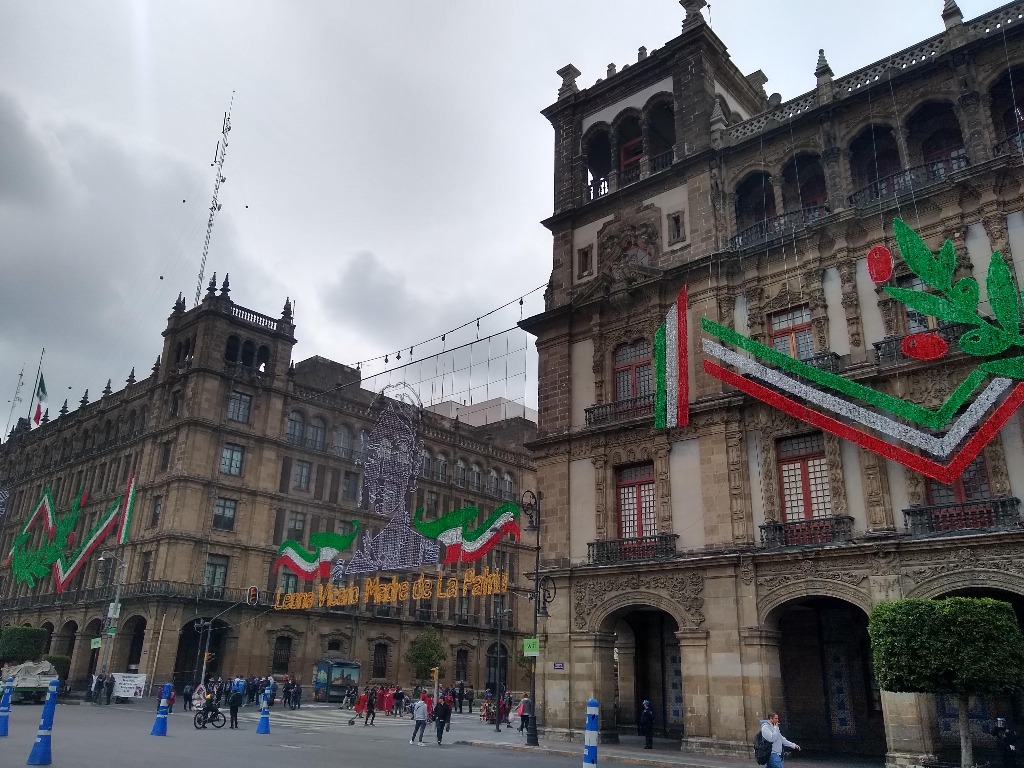
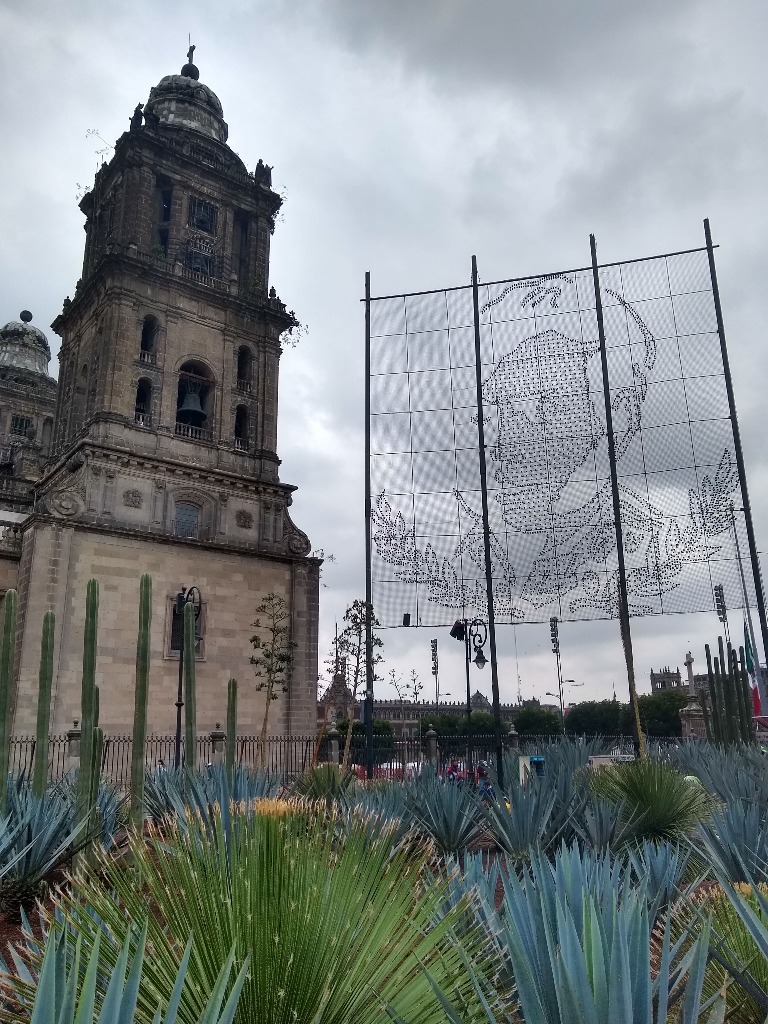
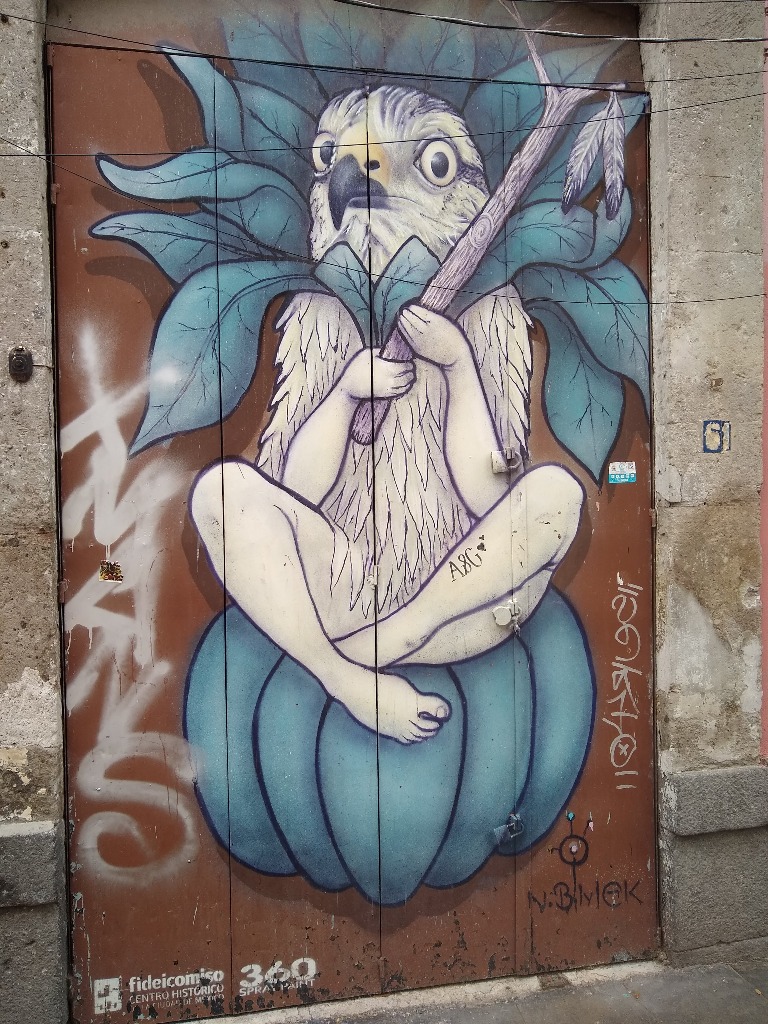
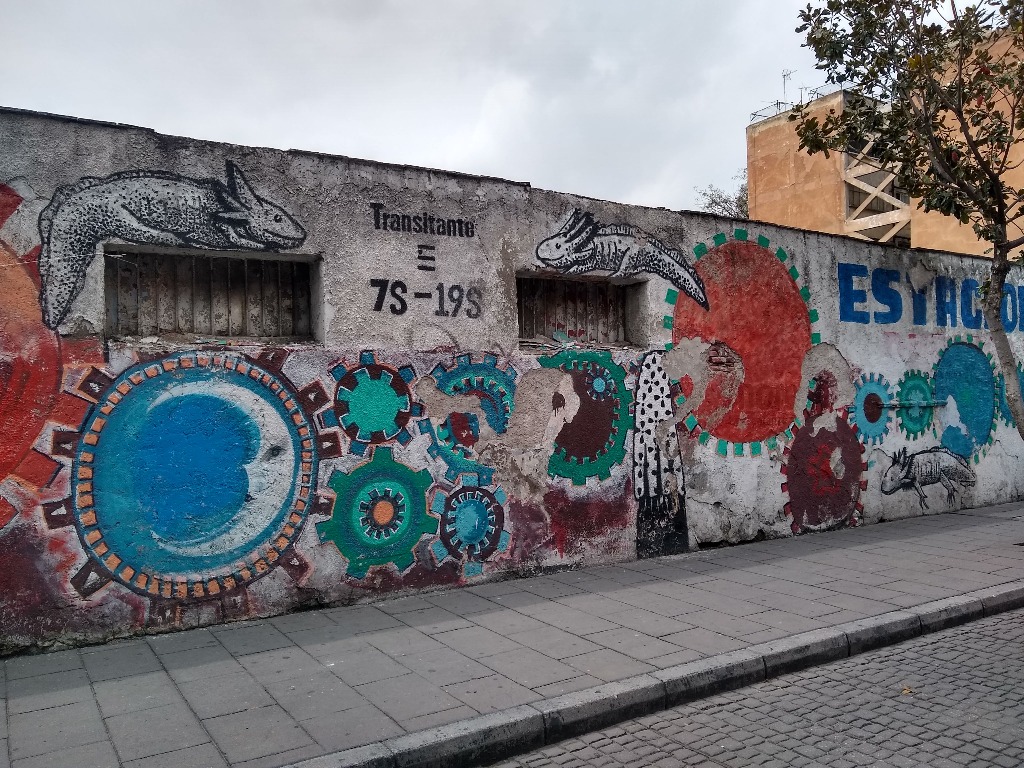
Axolotls figure prominently in street art here
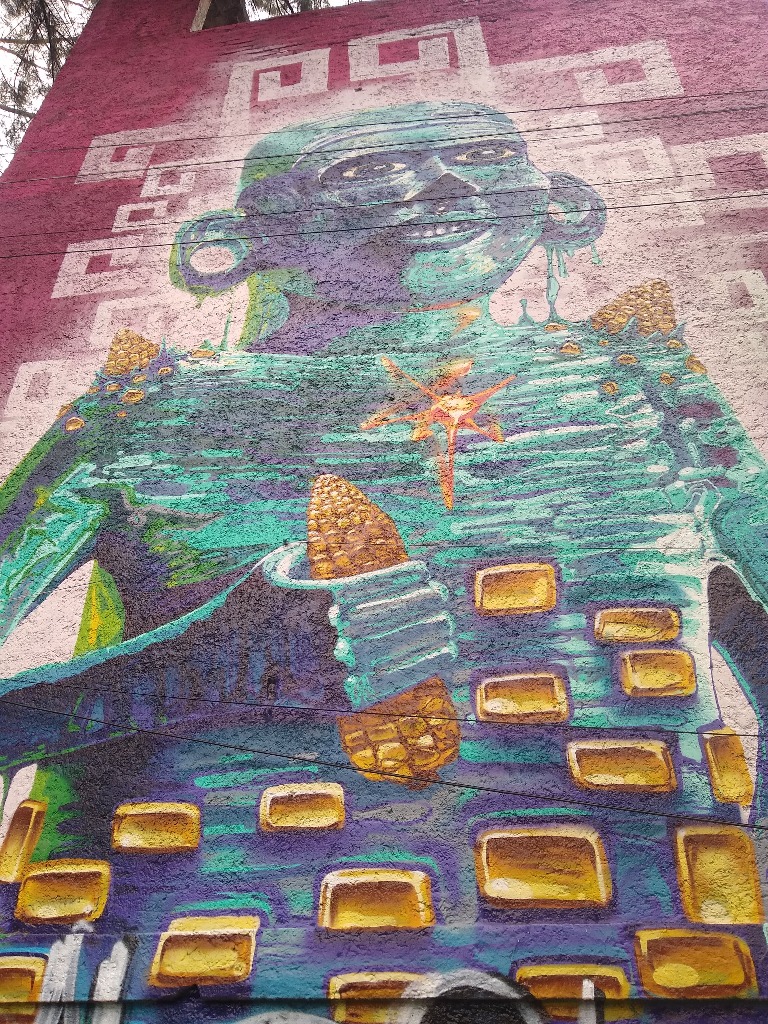
As does corn

World's largest triumphal arch
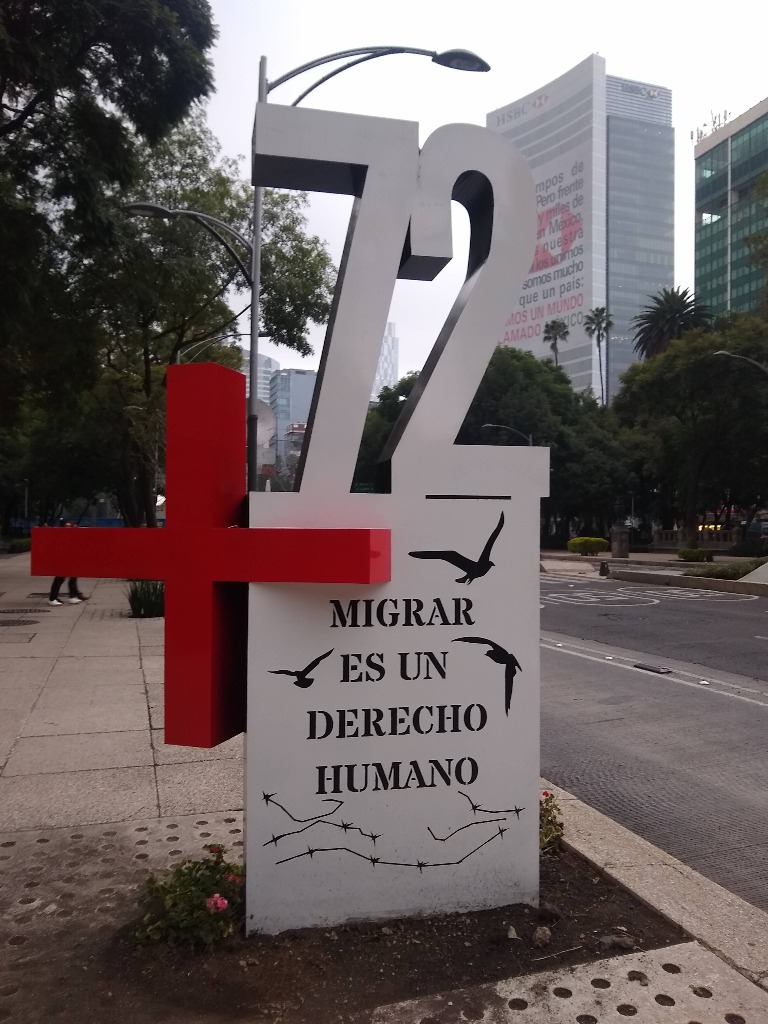

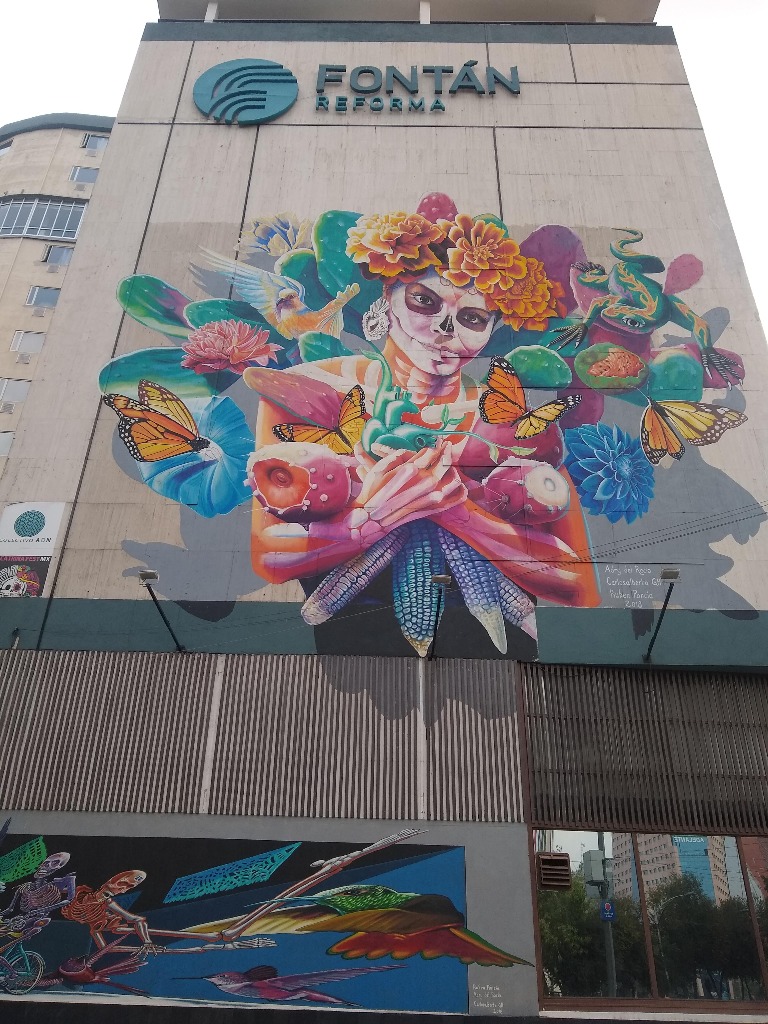

1-person elevator

Origin story for pulque
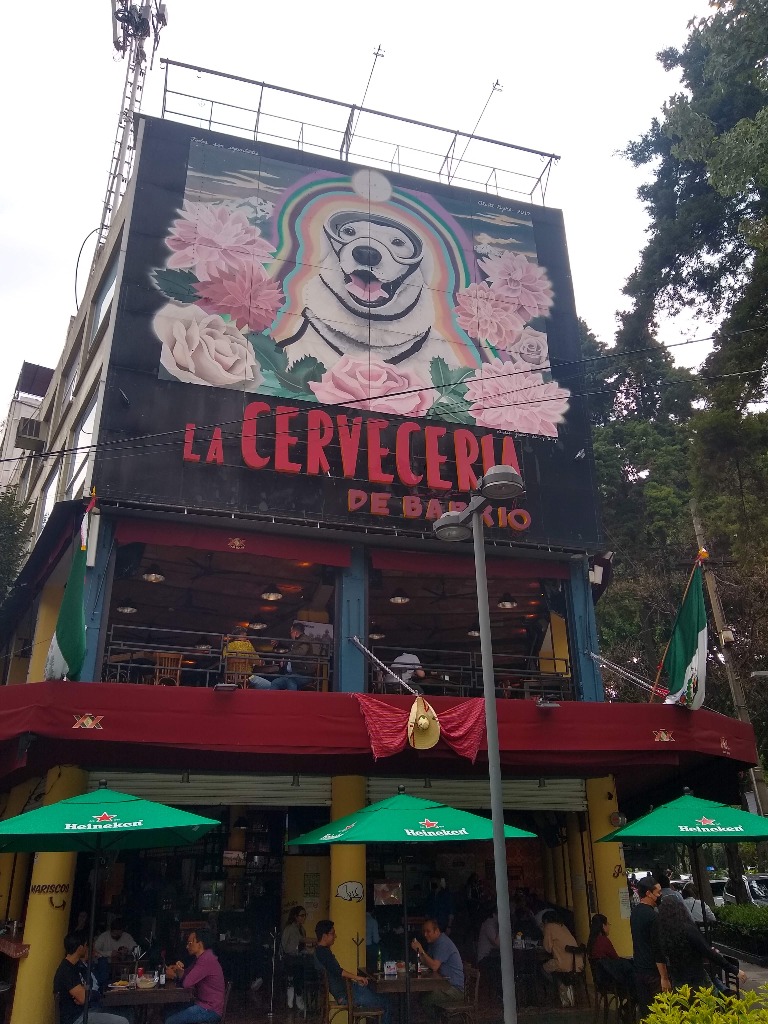
One of many hip crowded bars in Condesa
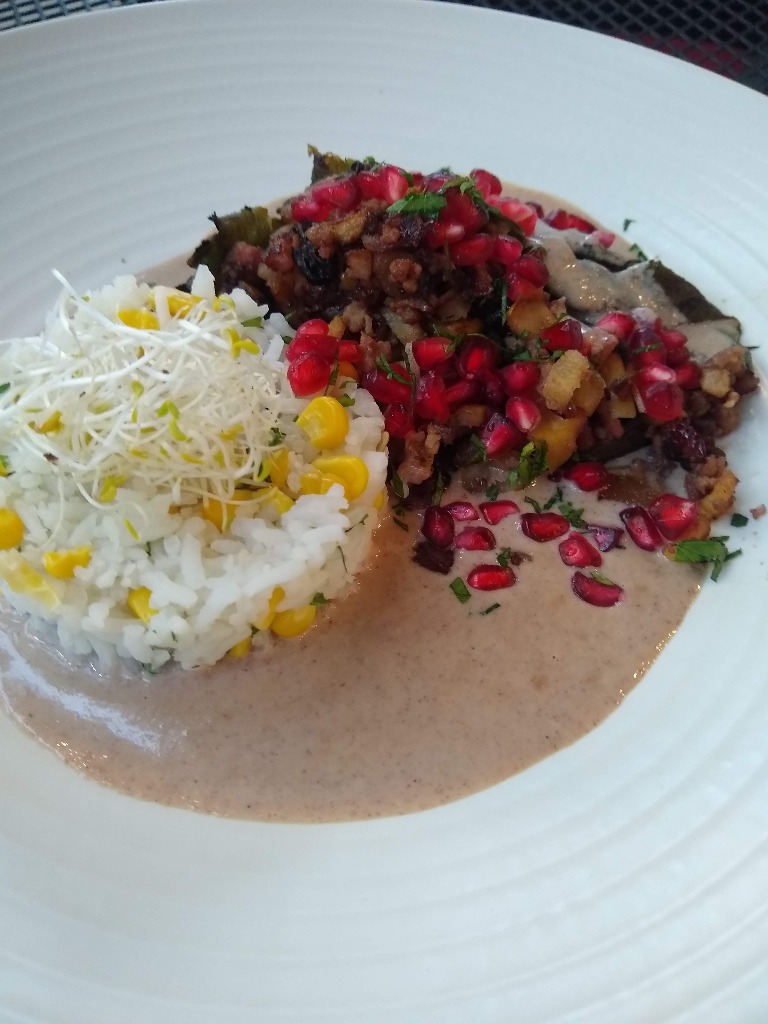
Chile en Nogada
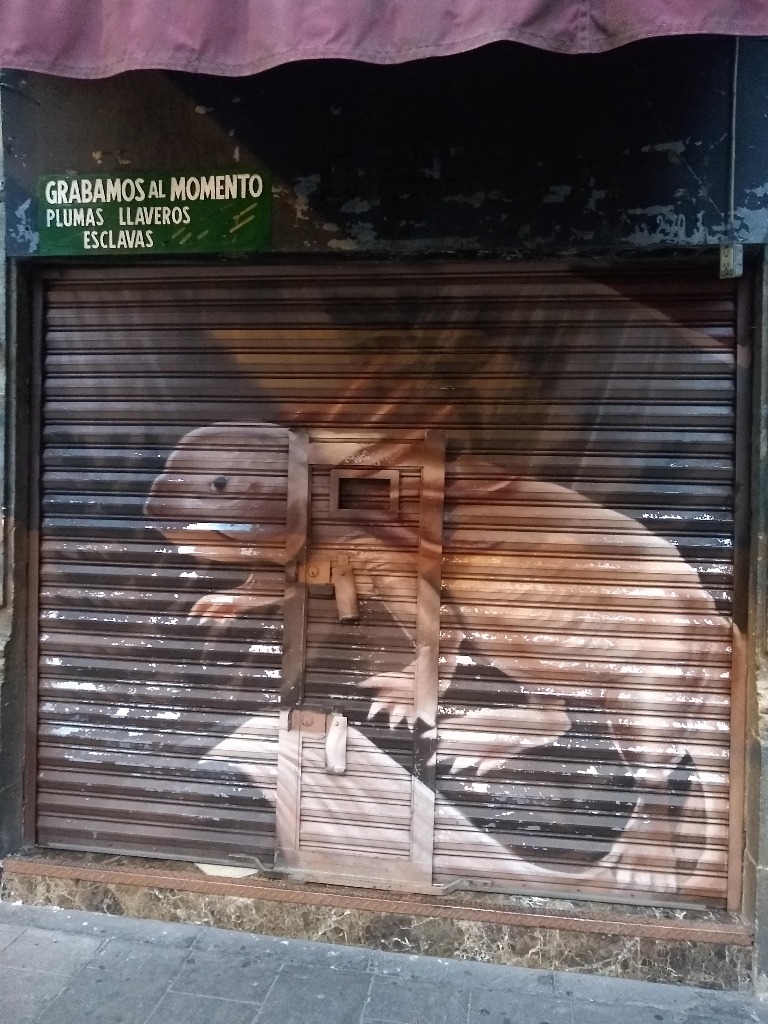
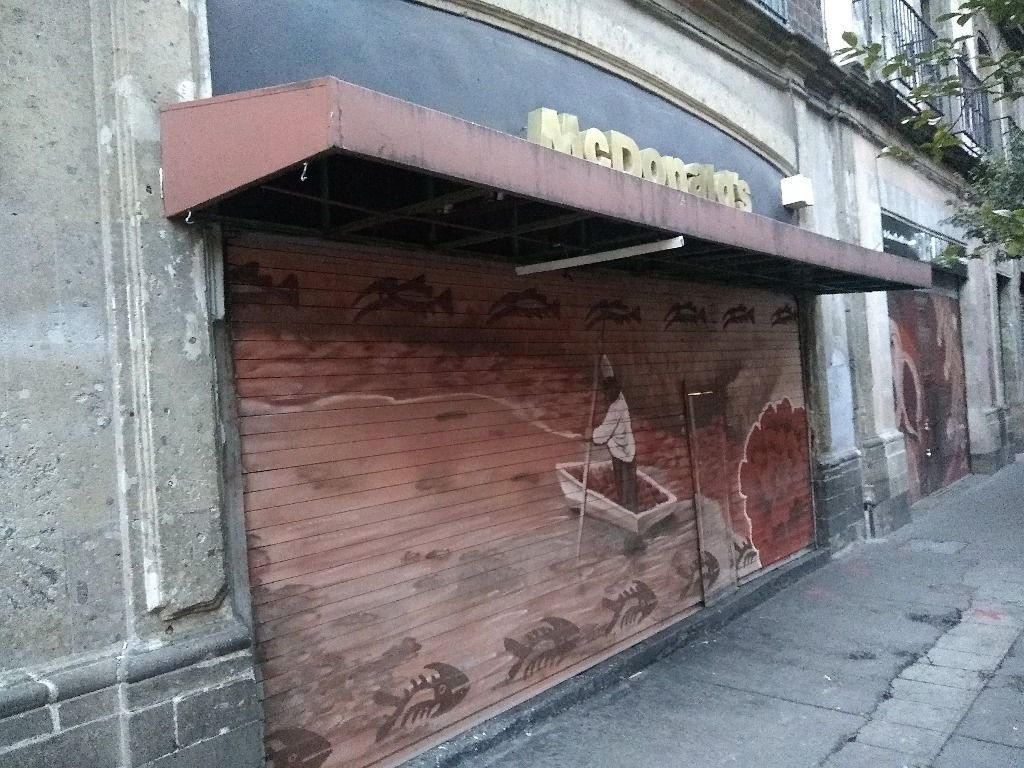
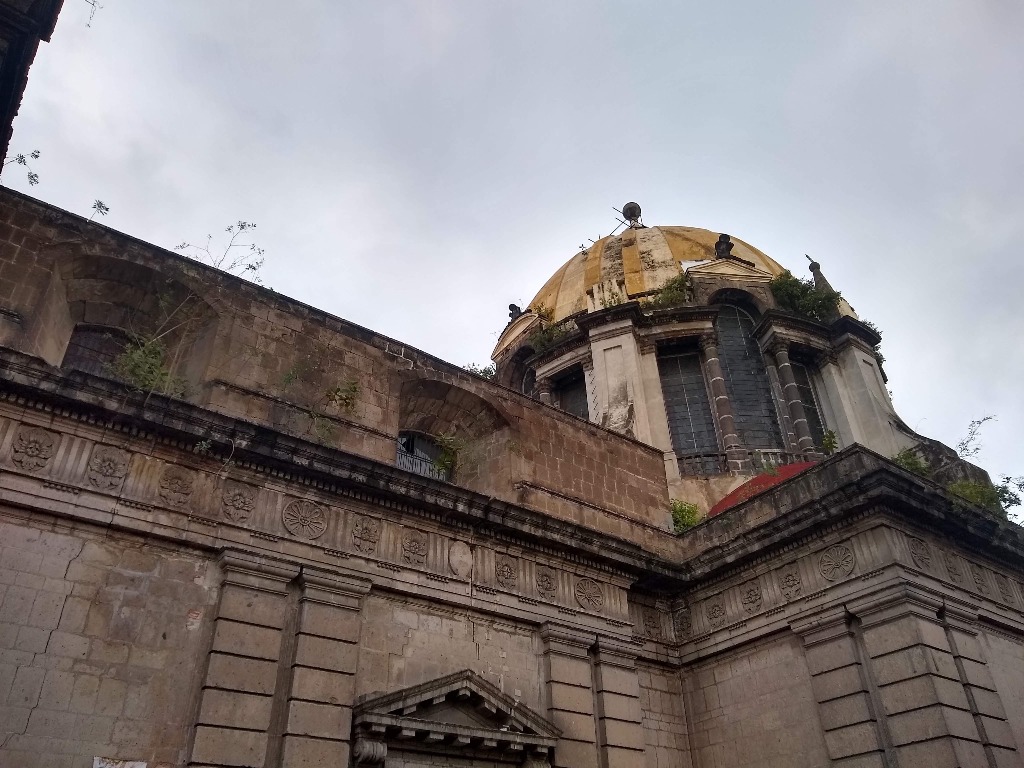
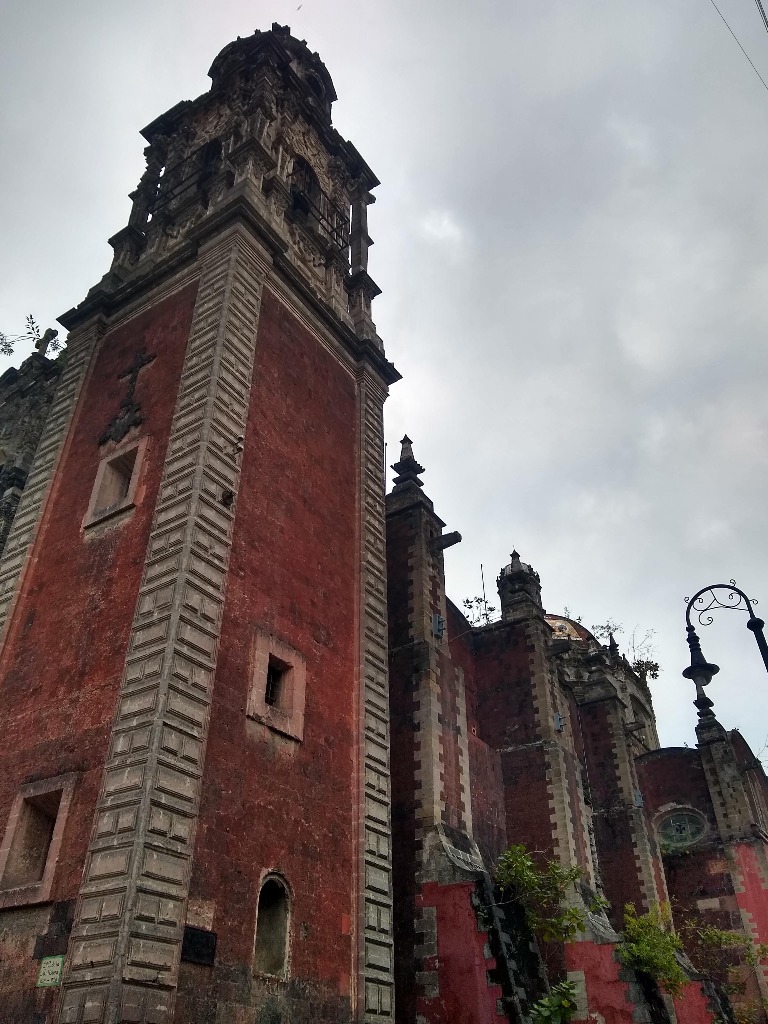
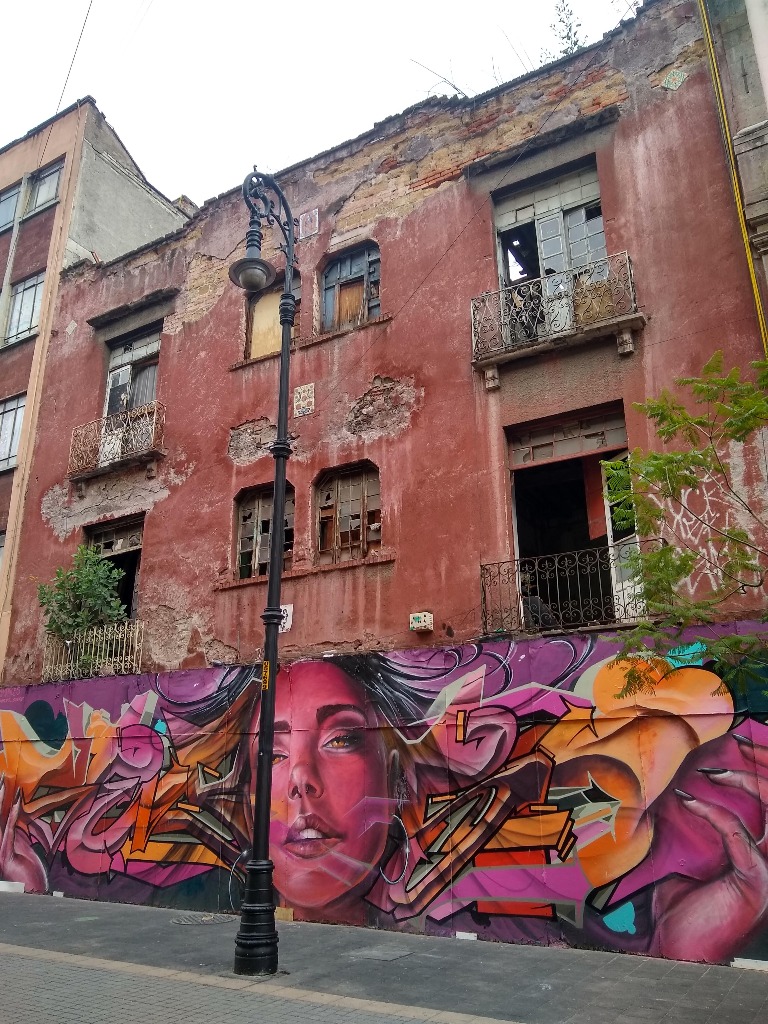
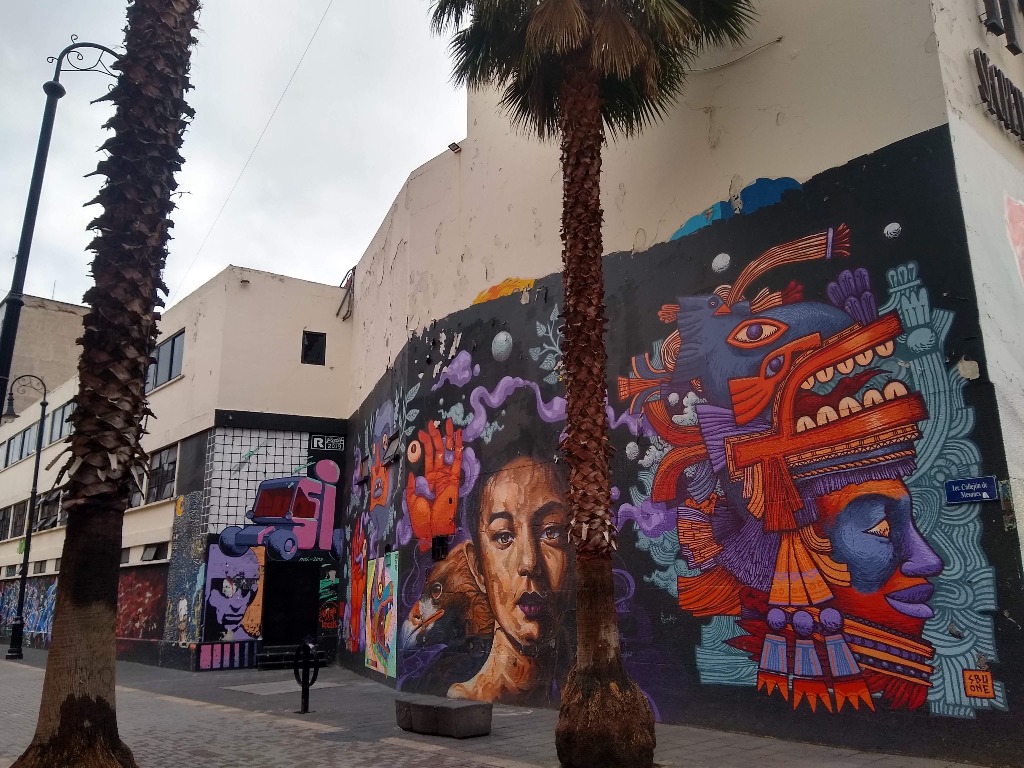
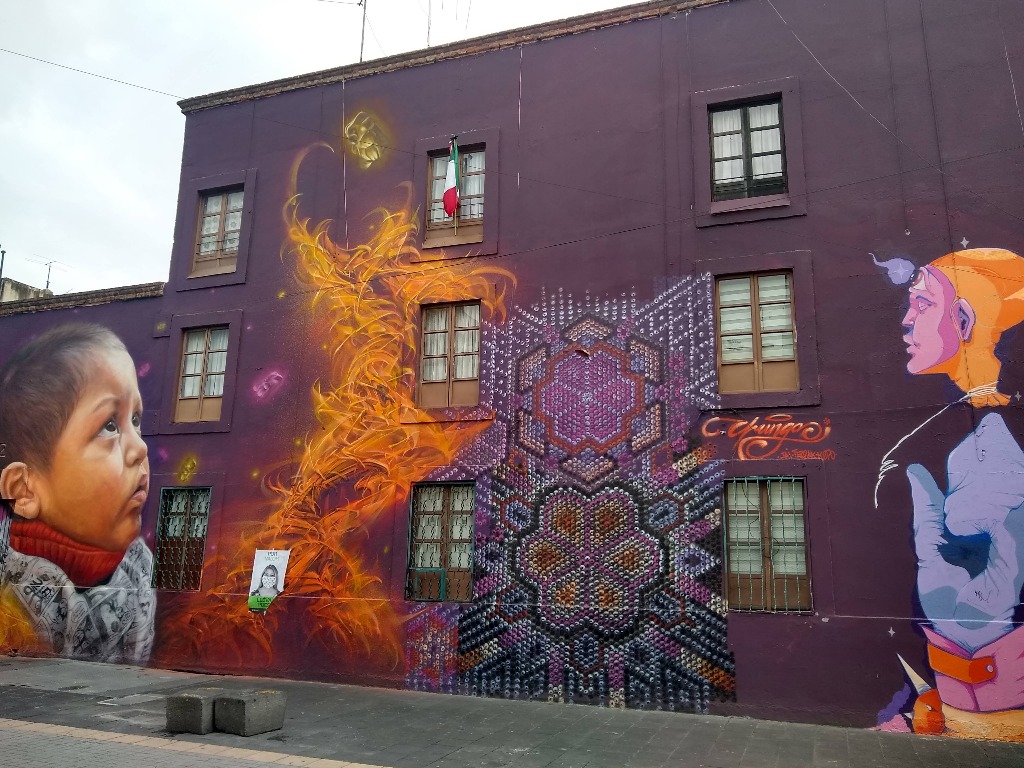
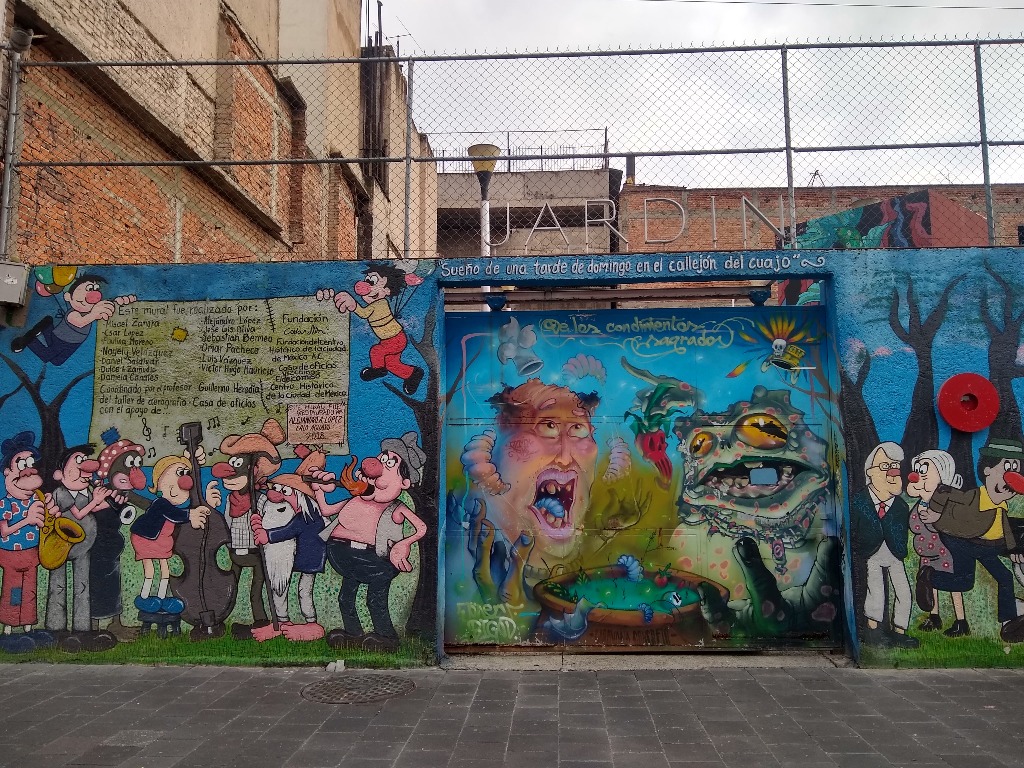
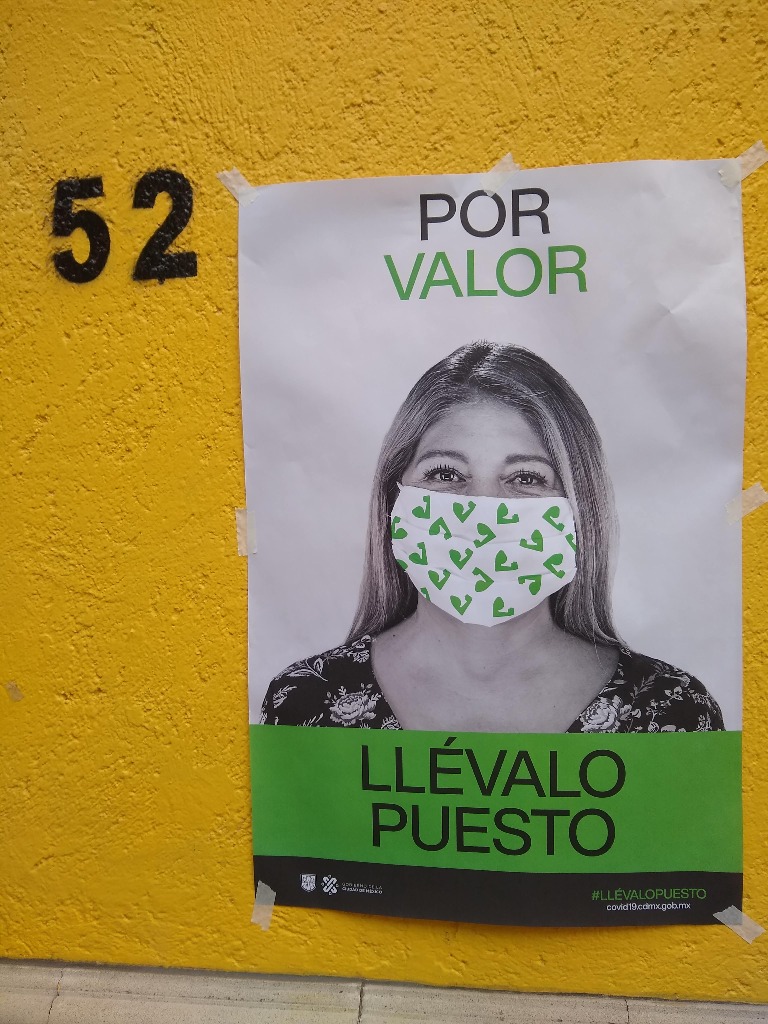
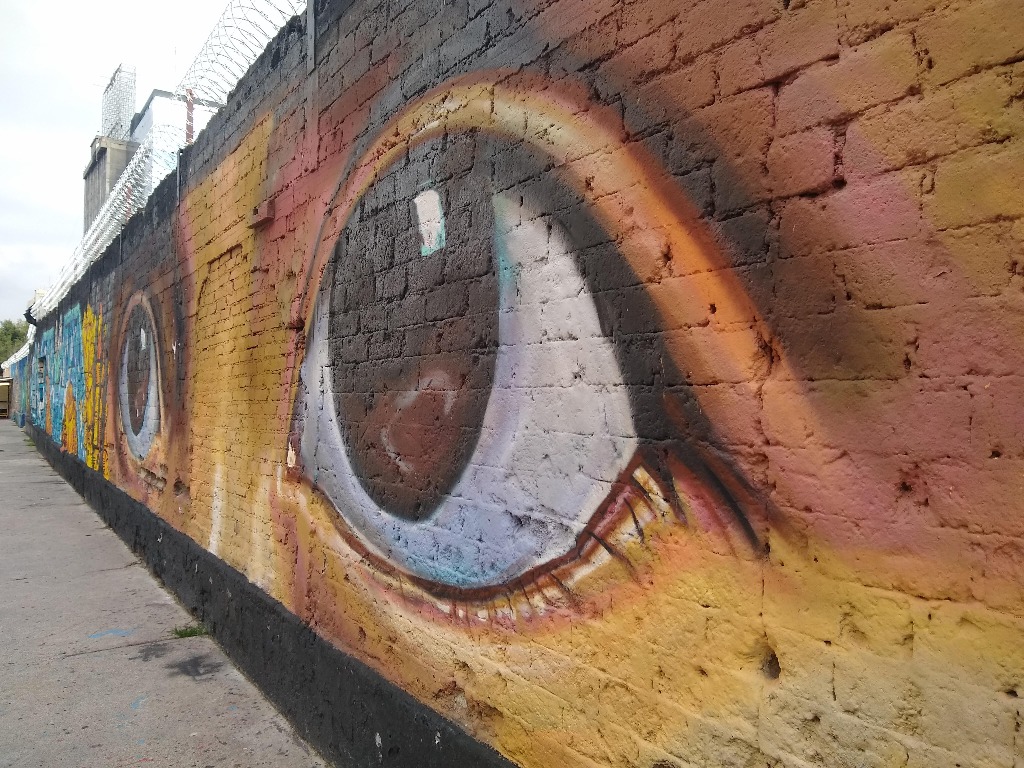

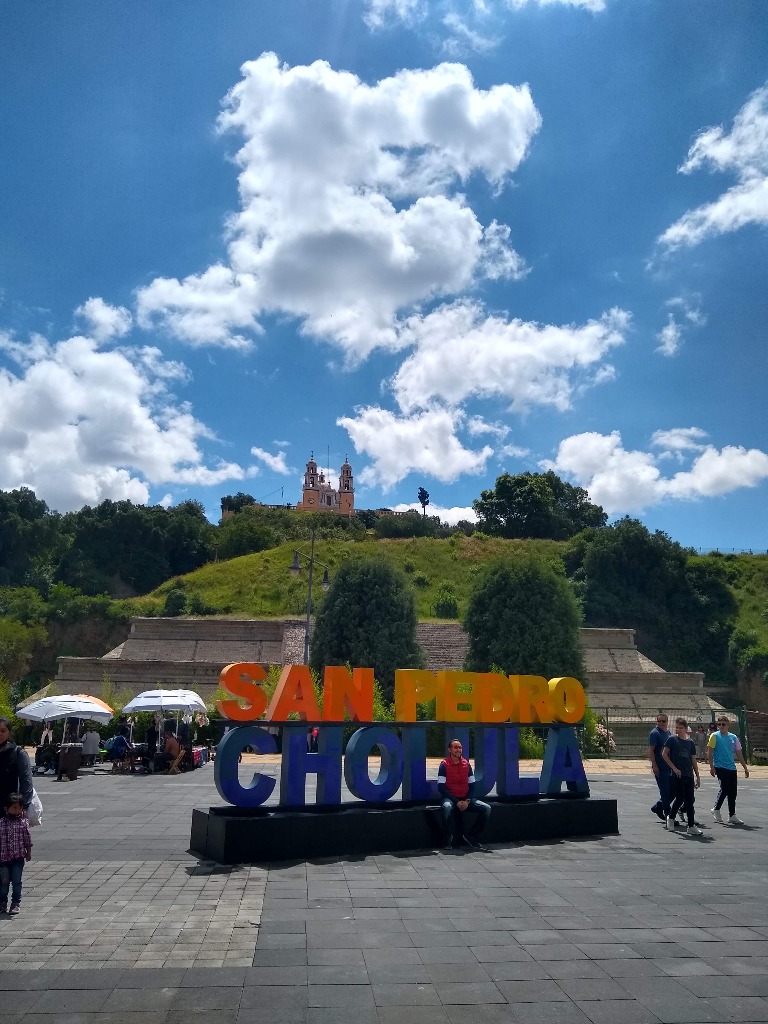
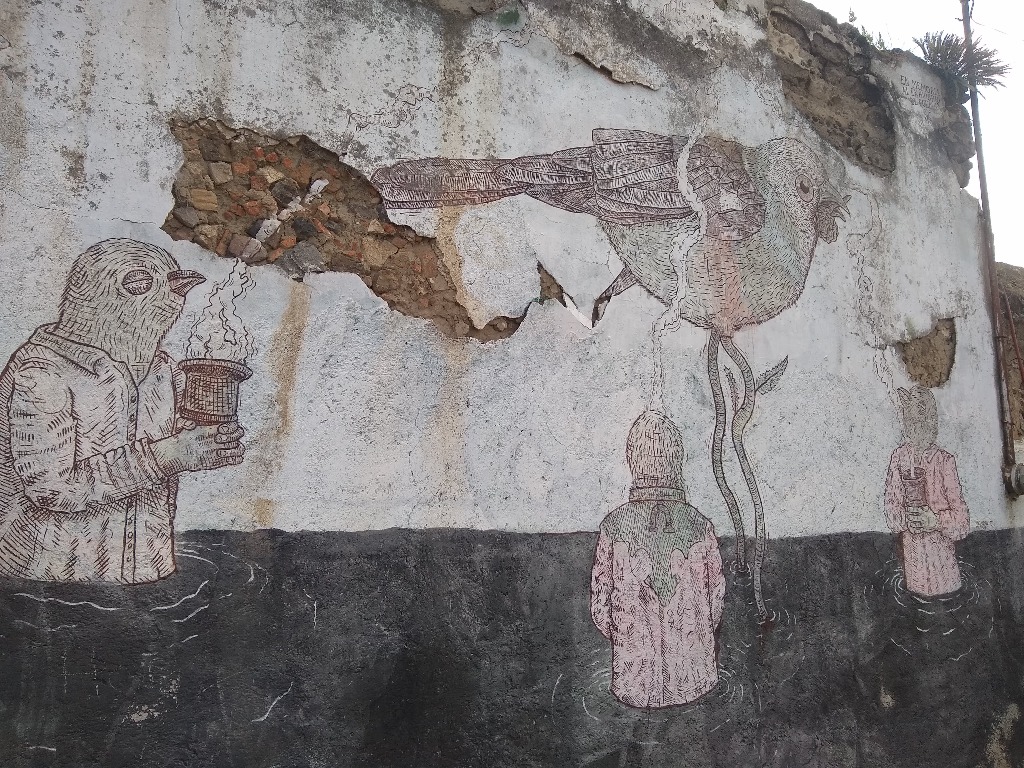
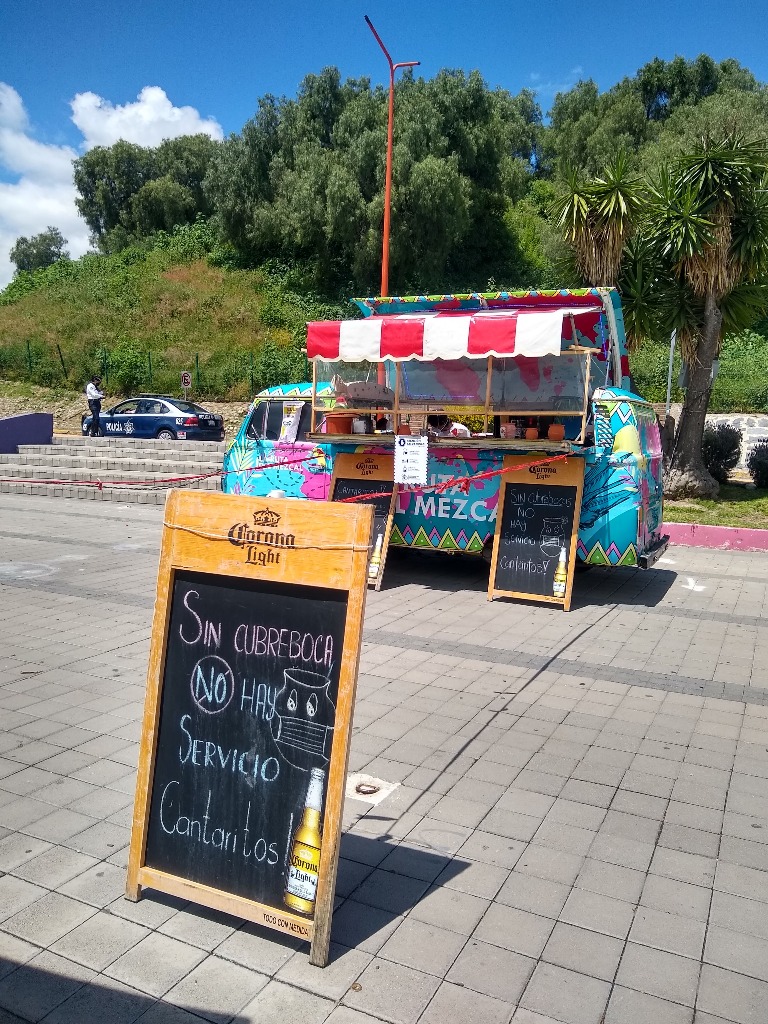
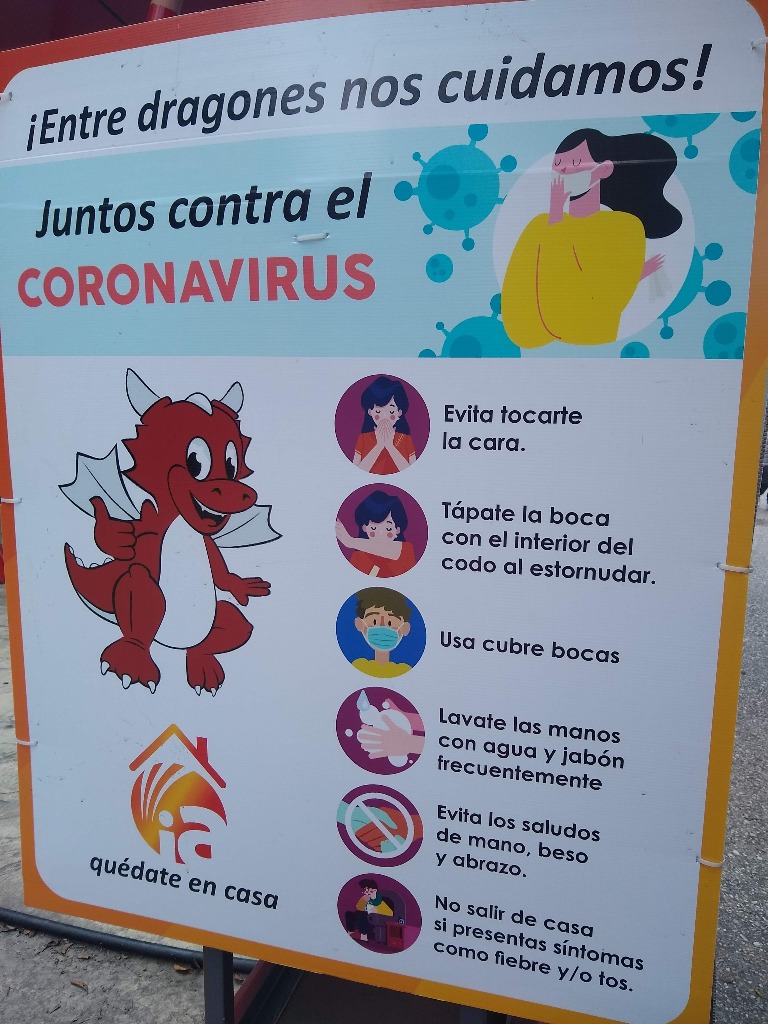
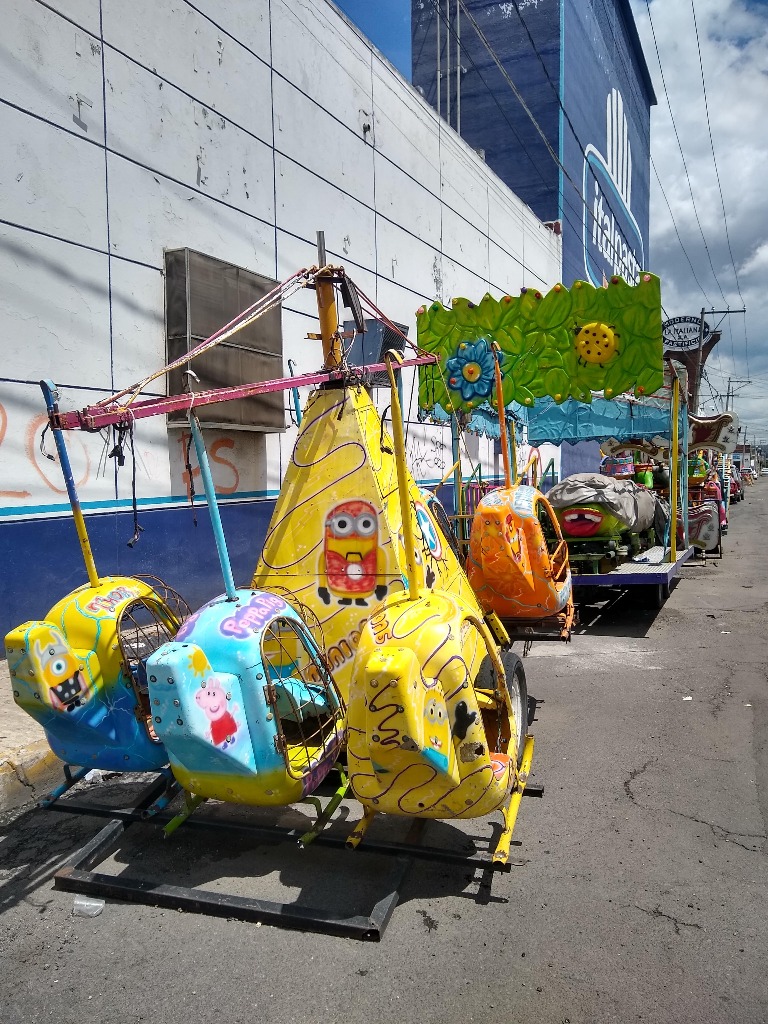
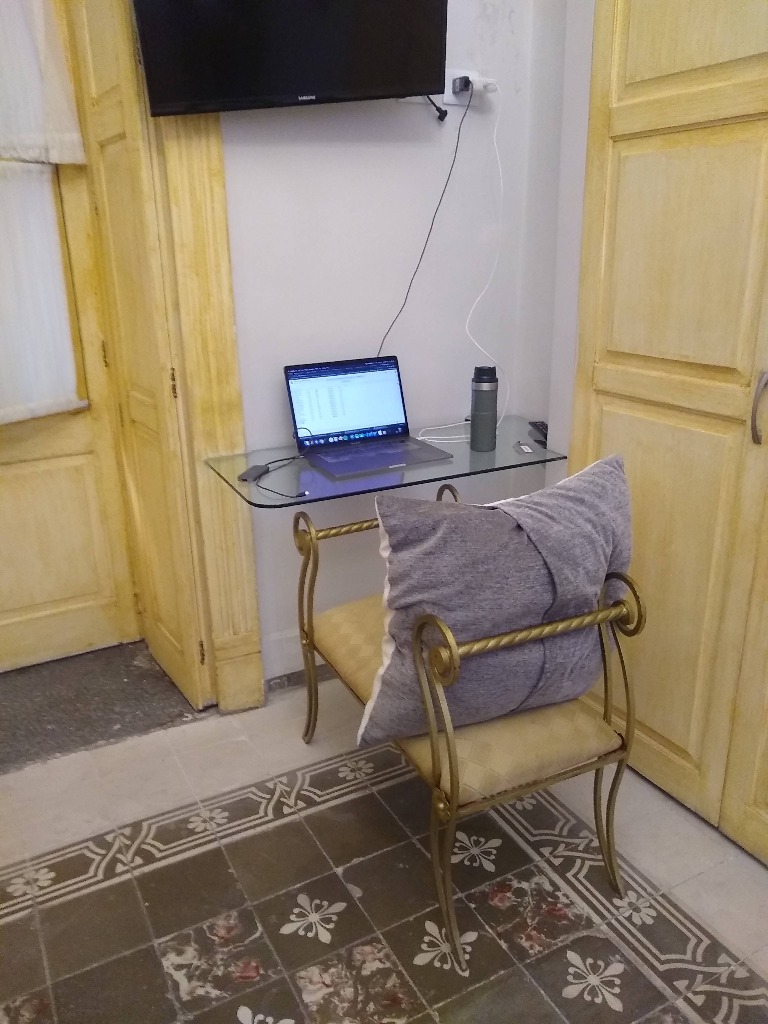
Improvising ergonomic hotel-office furniture
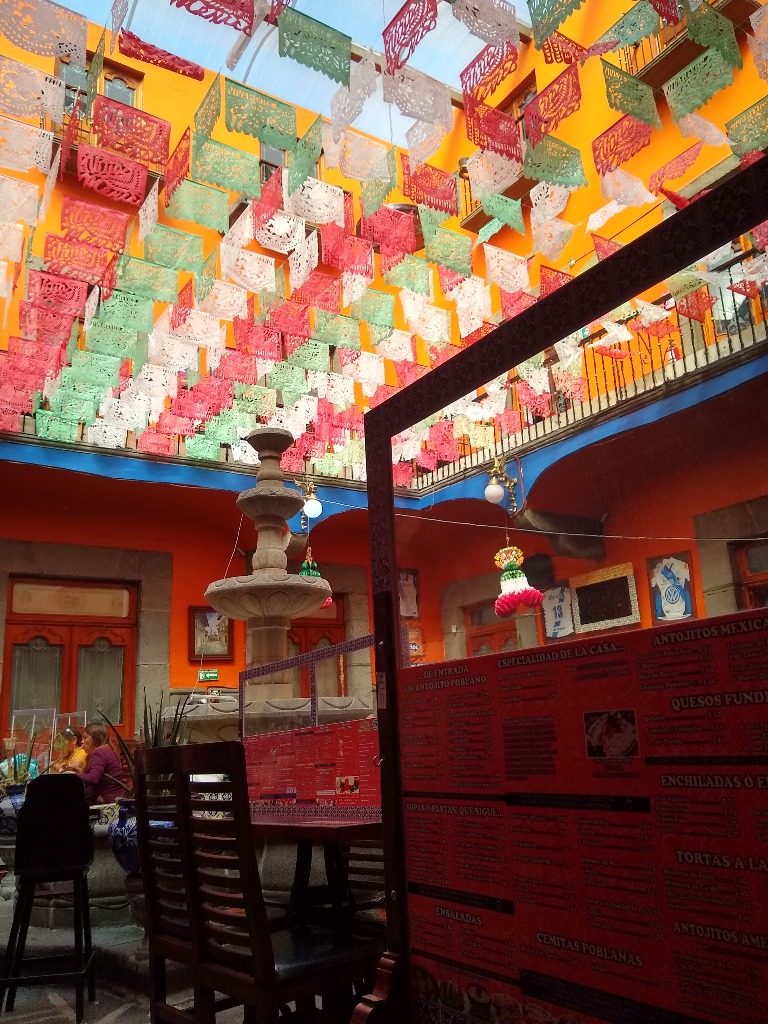
Restaurant dividers
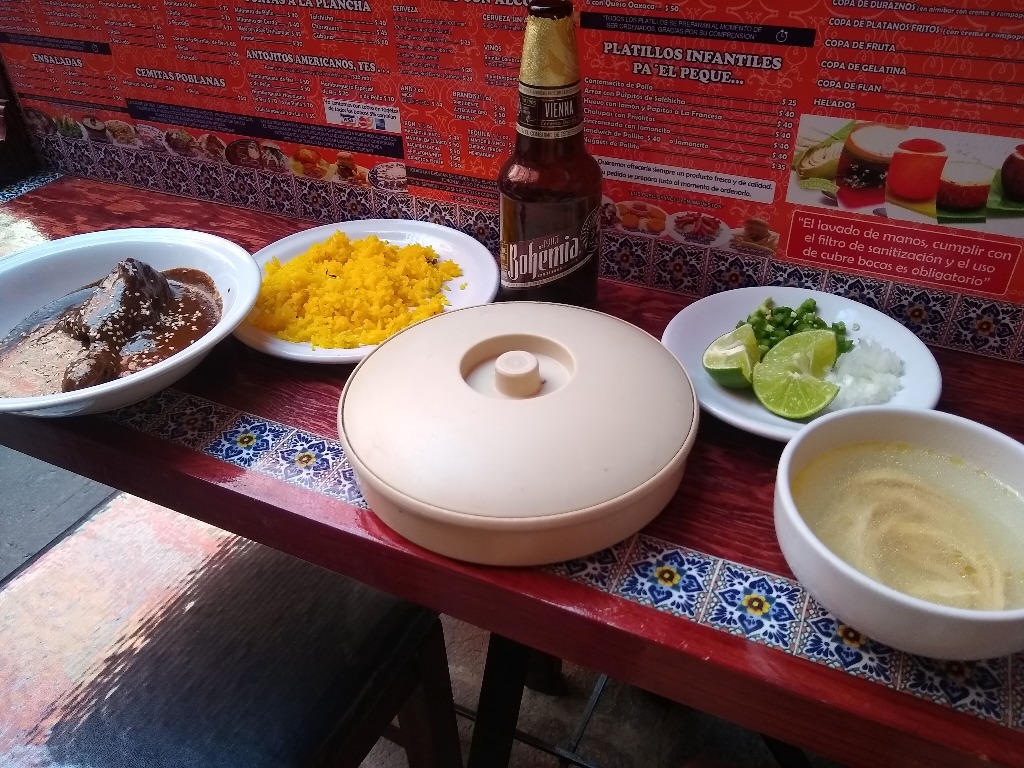
Set lunch for 52 (plus 20 for the beer)

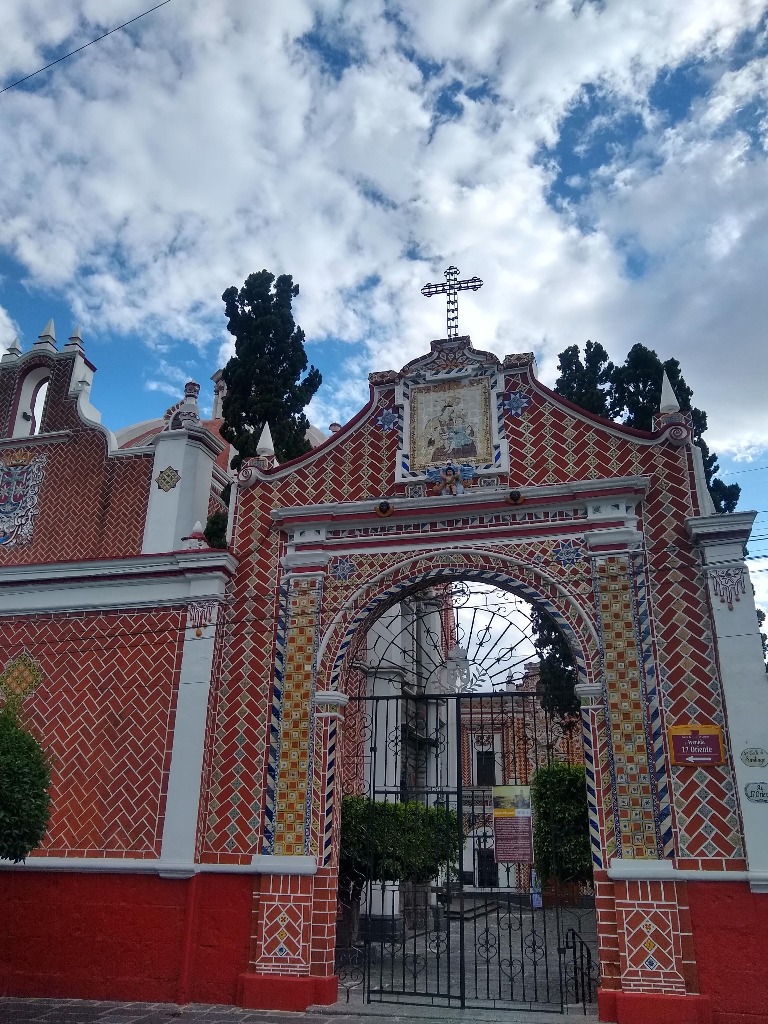
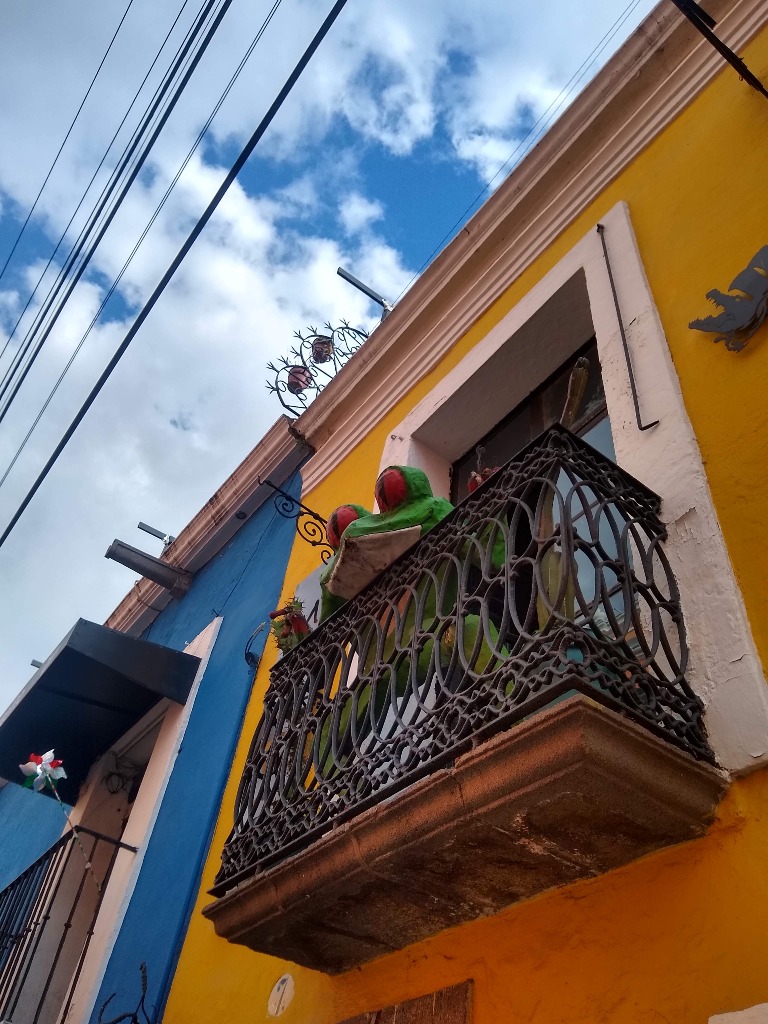
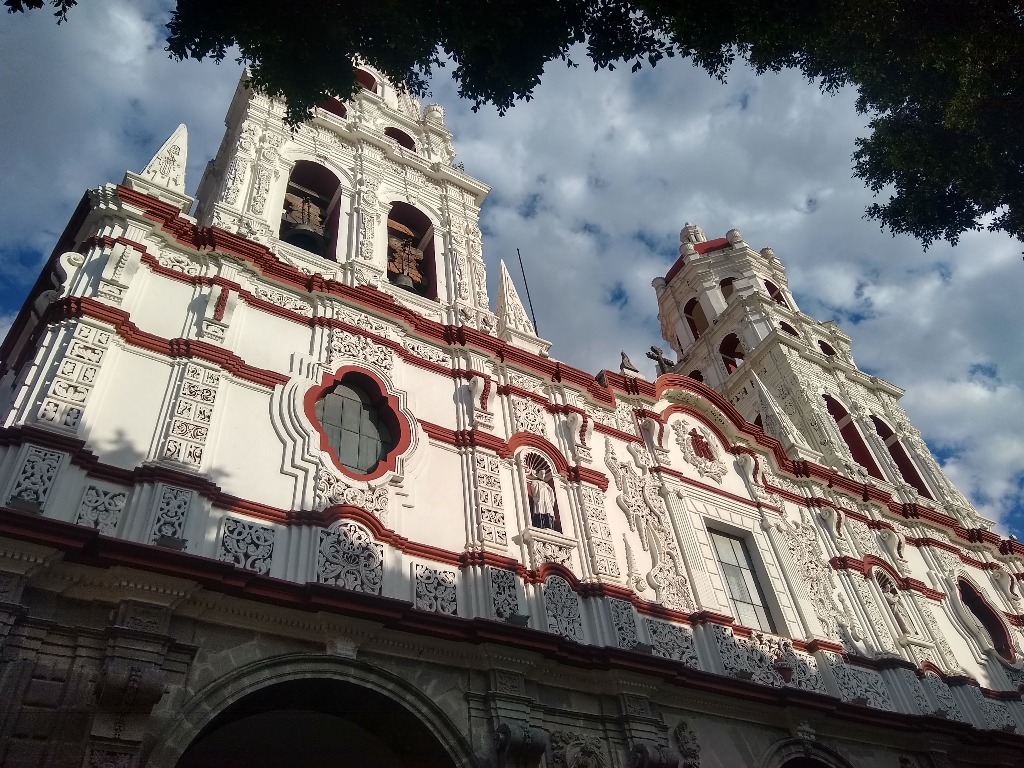
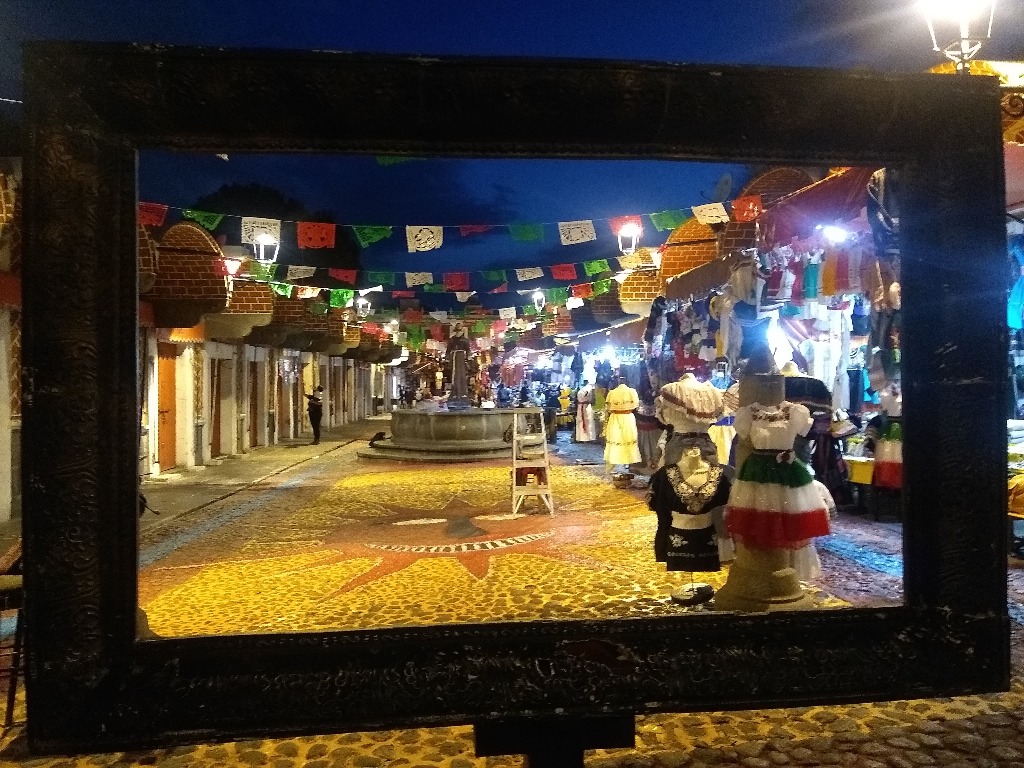
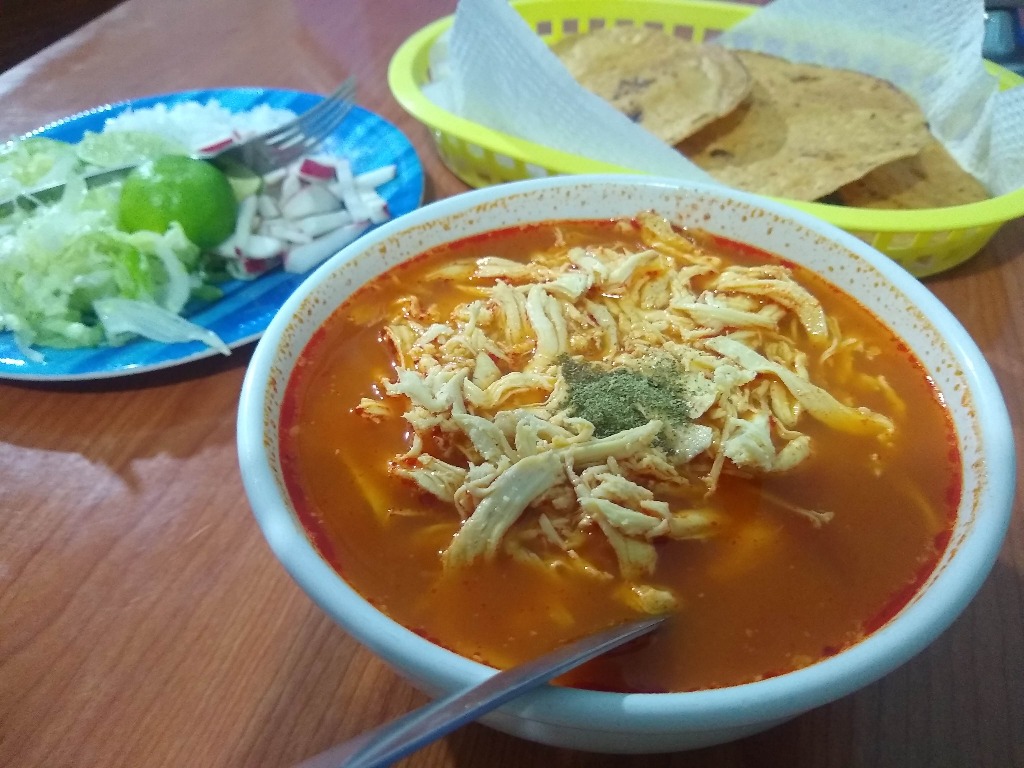
Pozole
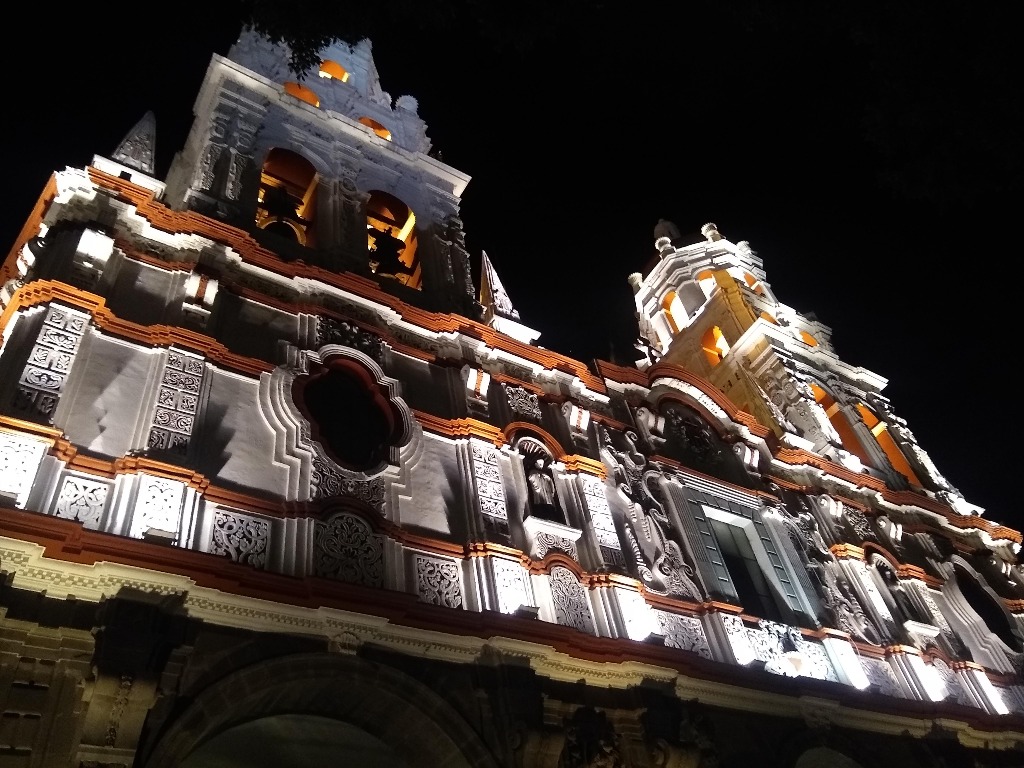

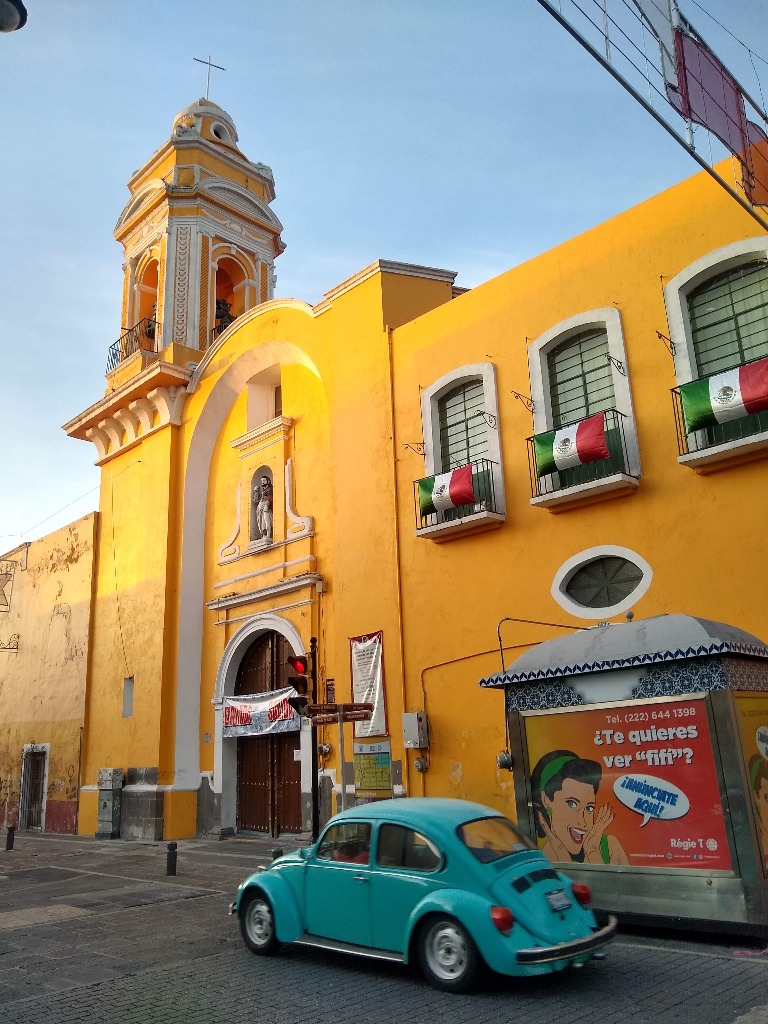
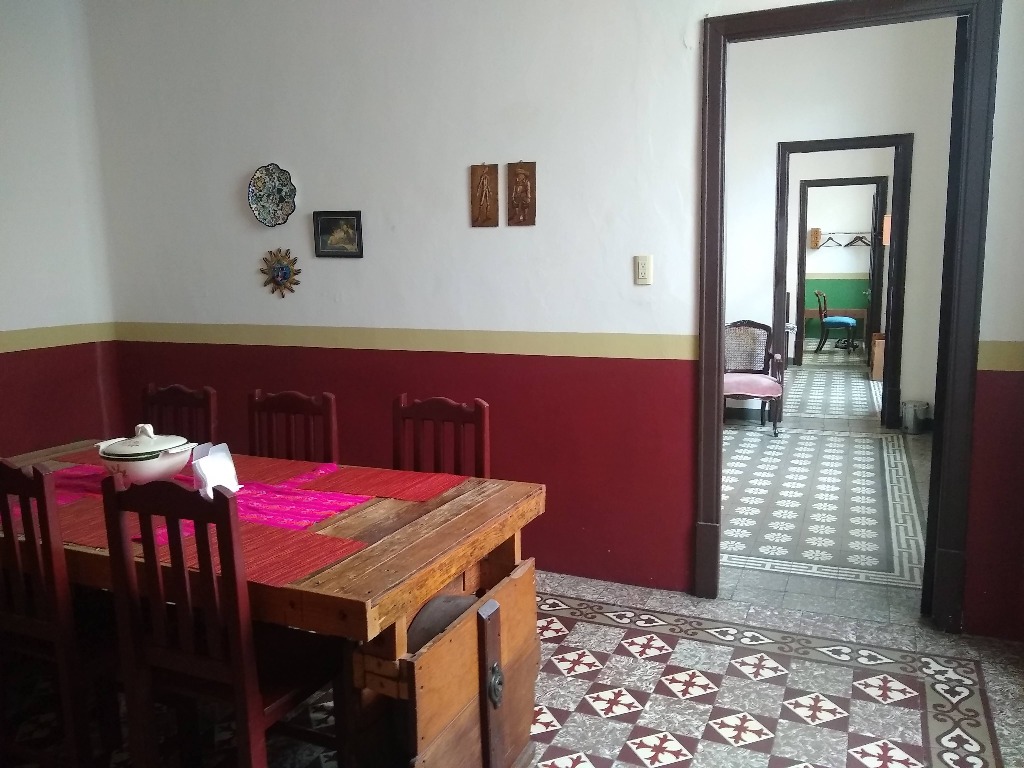
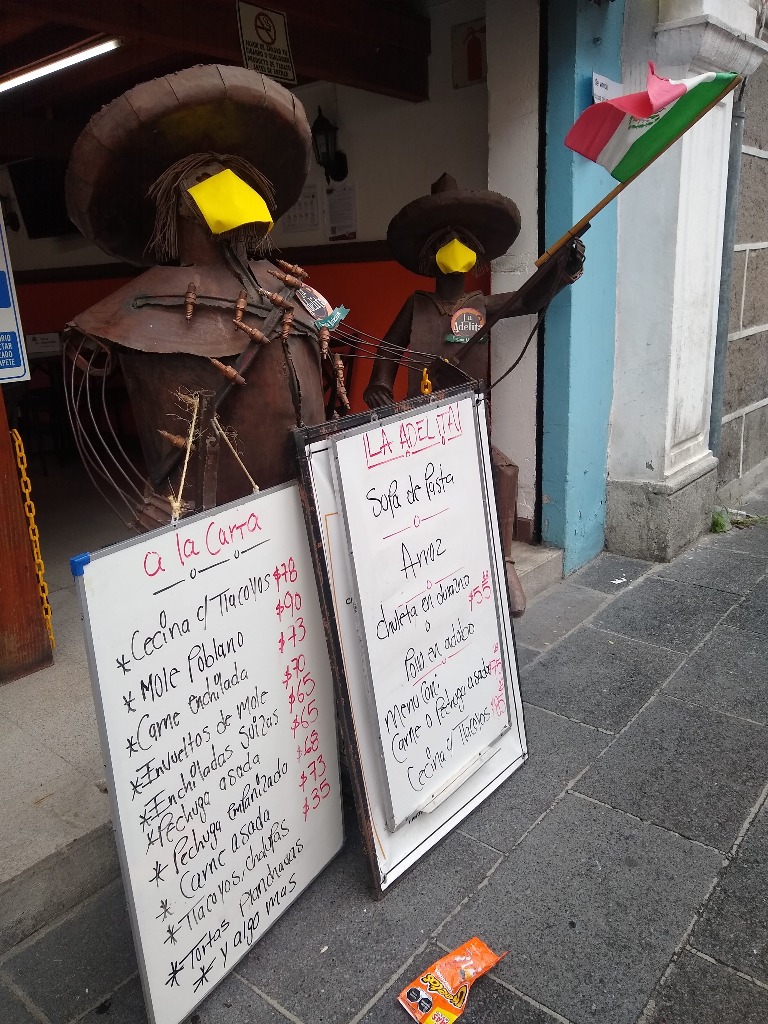
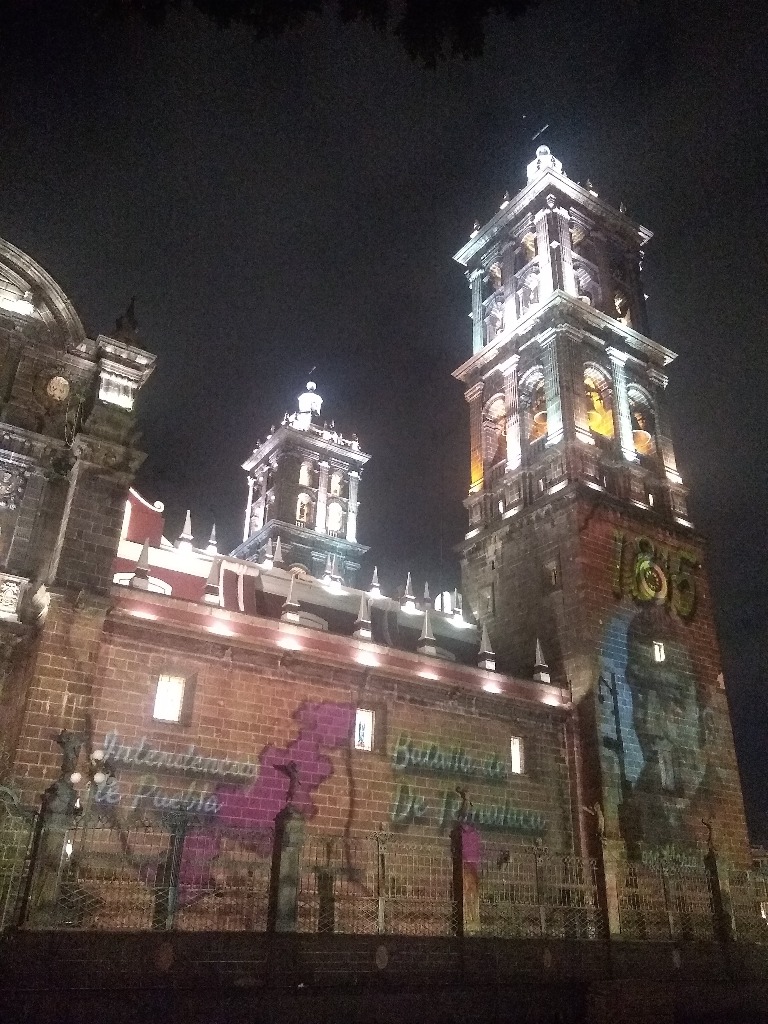
History lesson
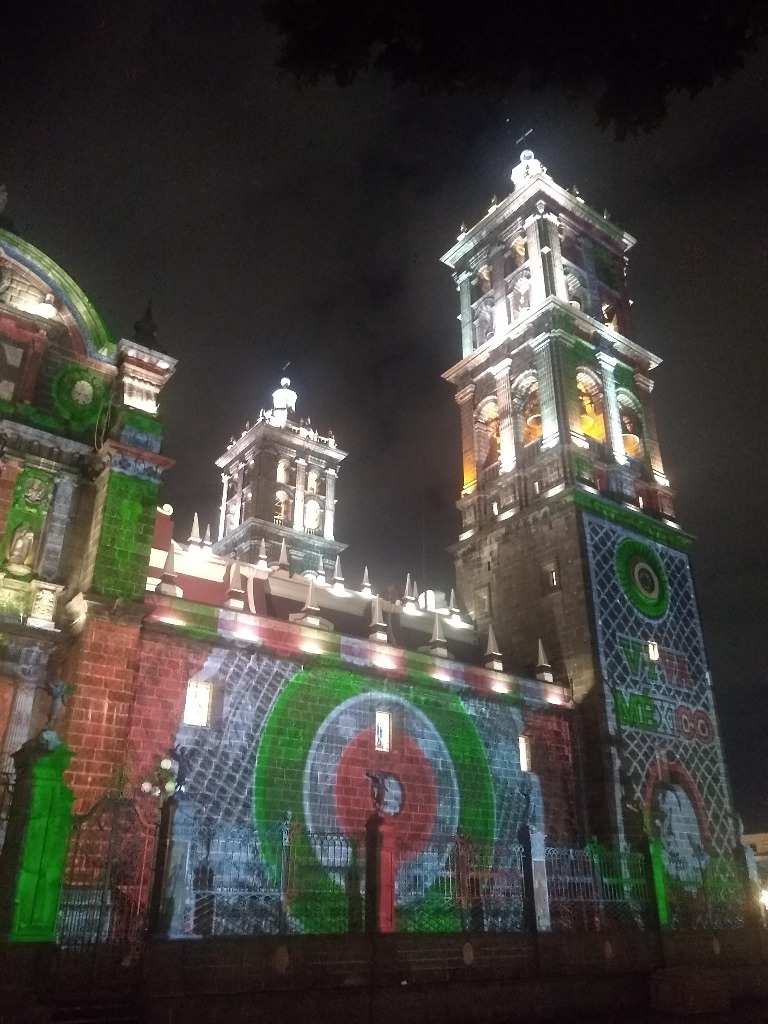
Light and sound show for Independence Day
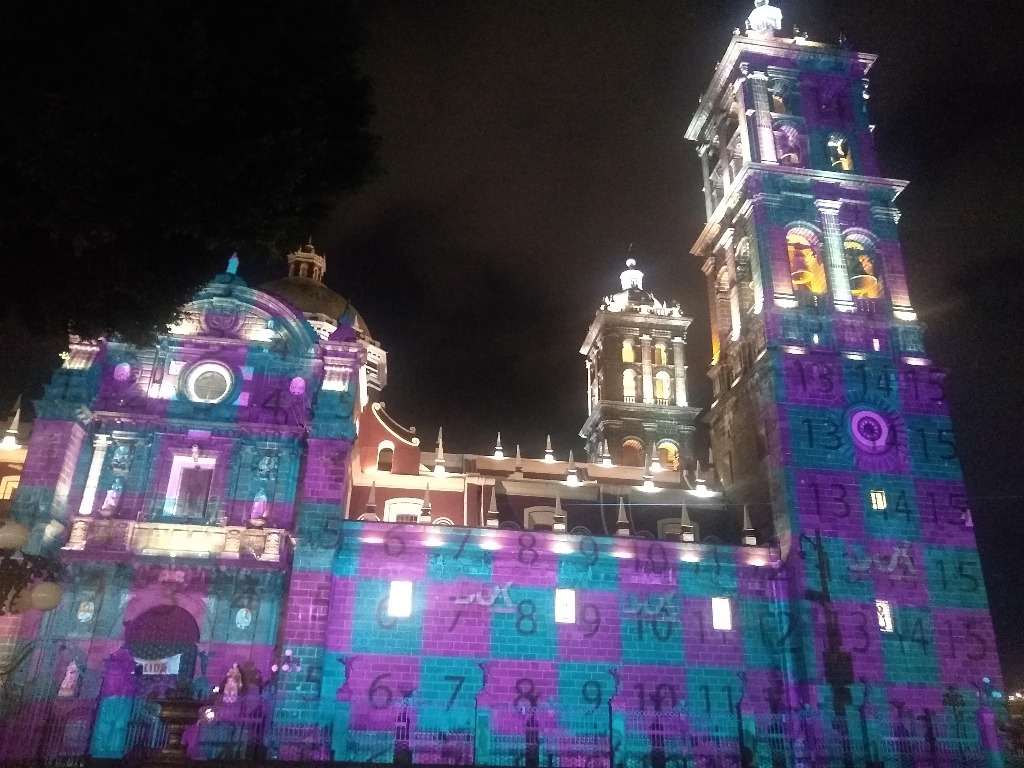

Purple skies from the fireworks being shot over my roof
